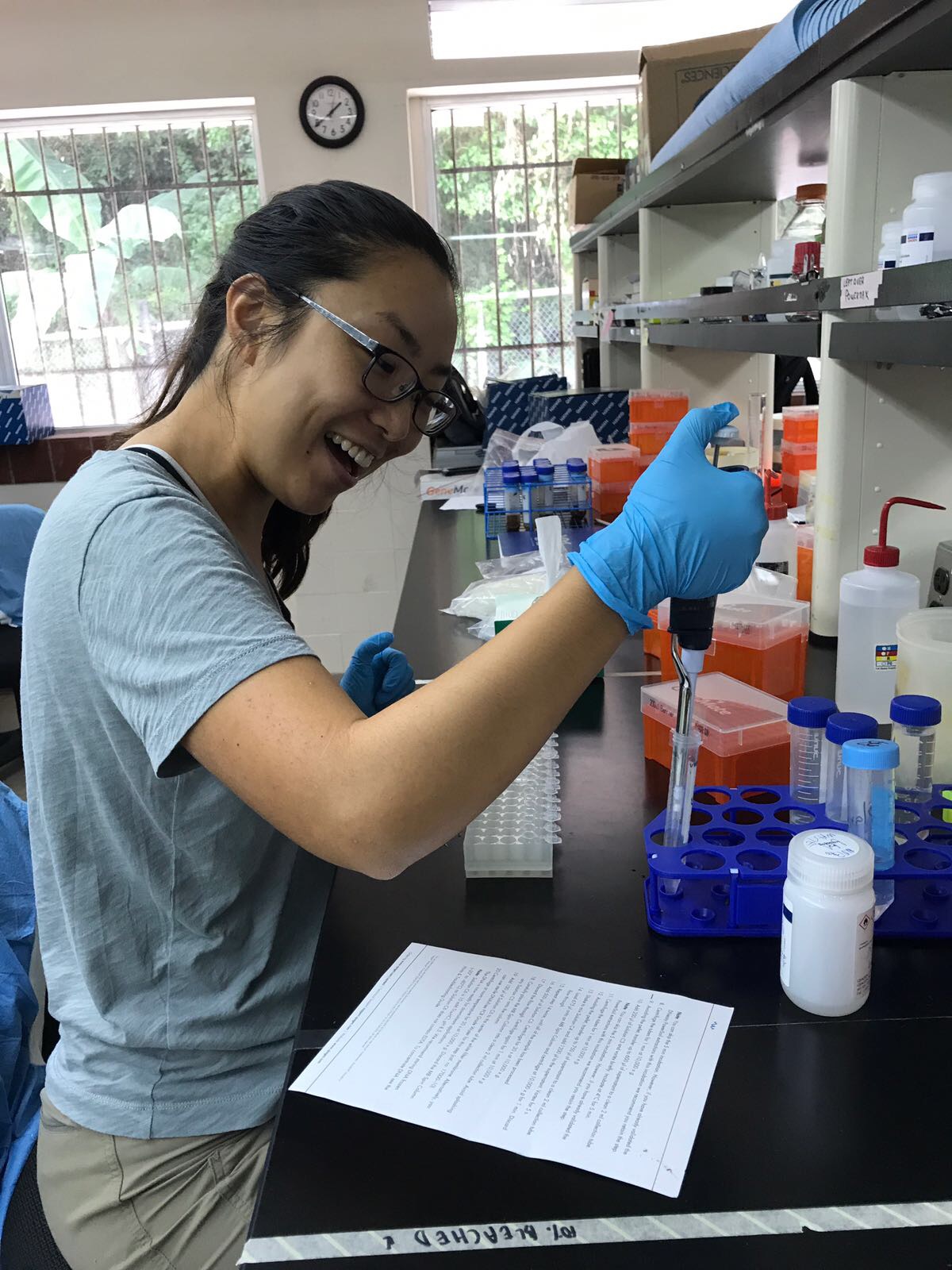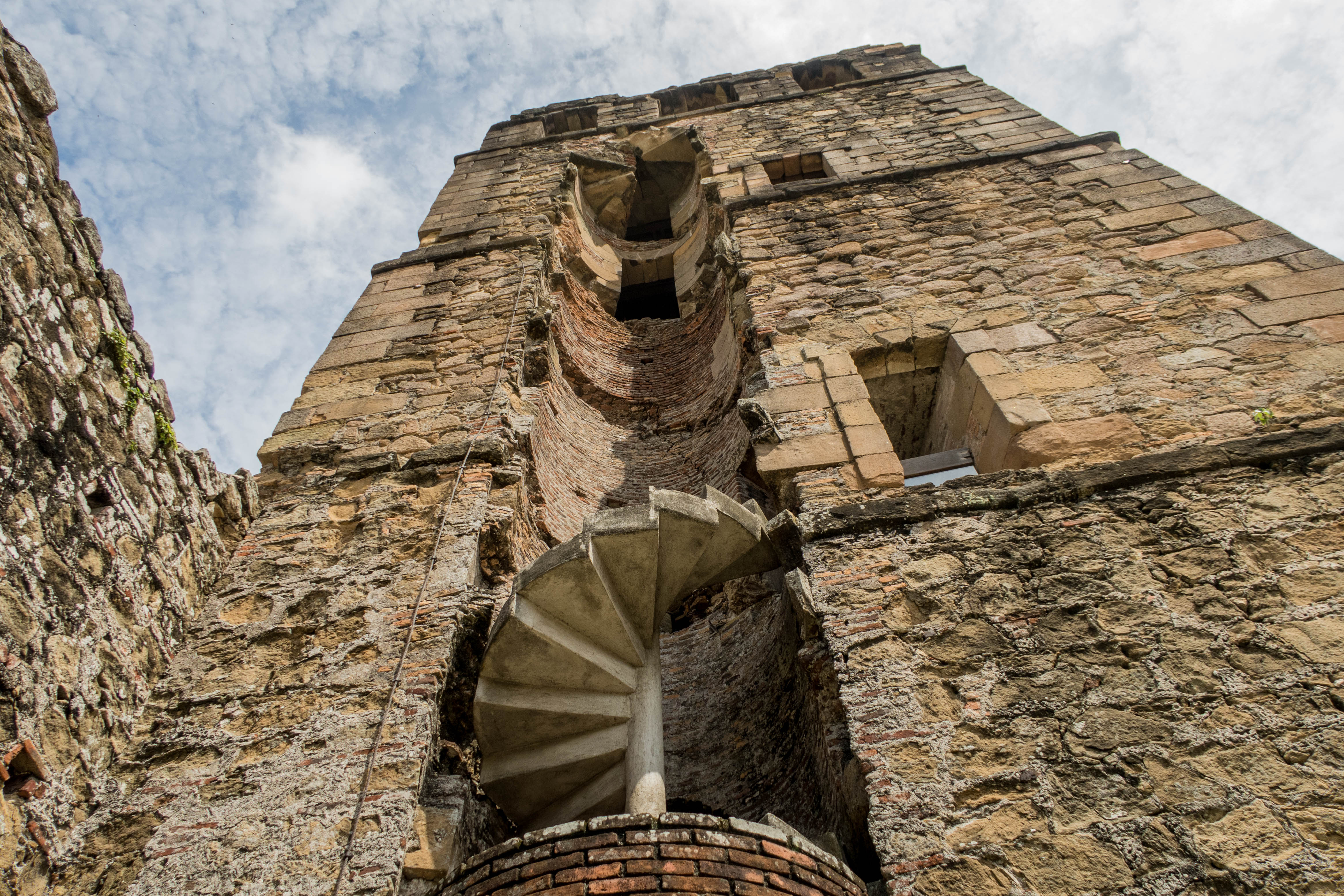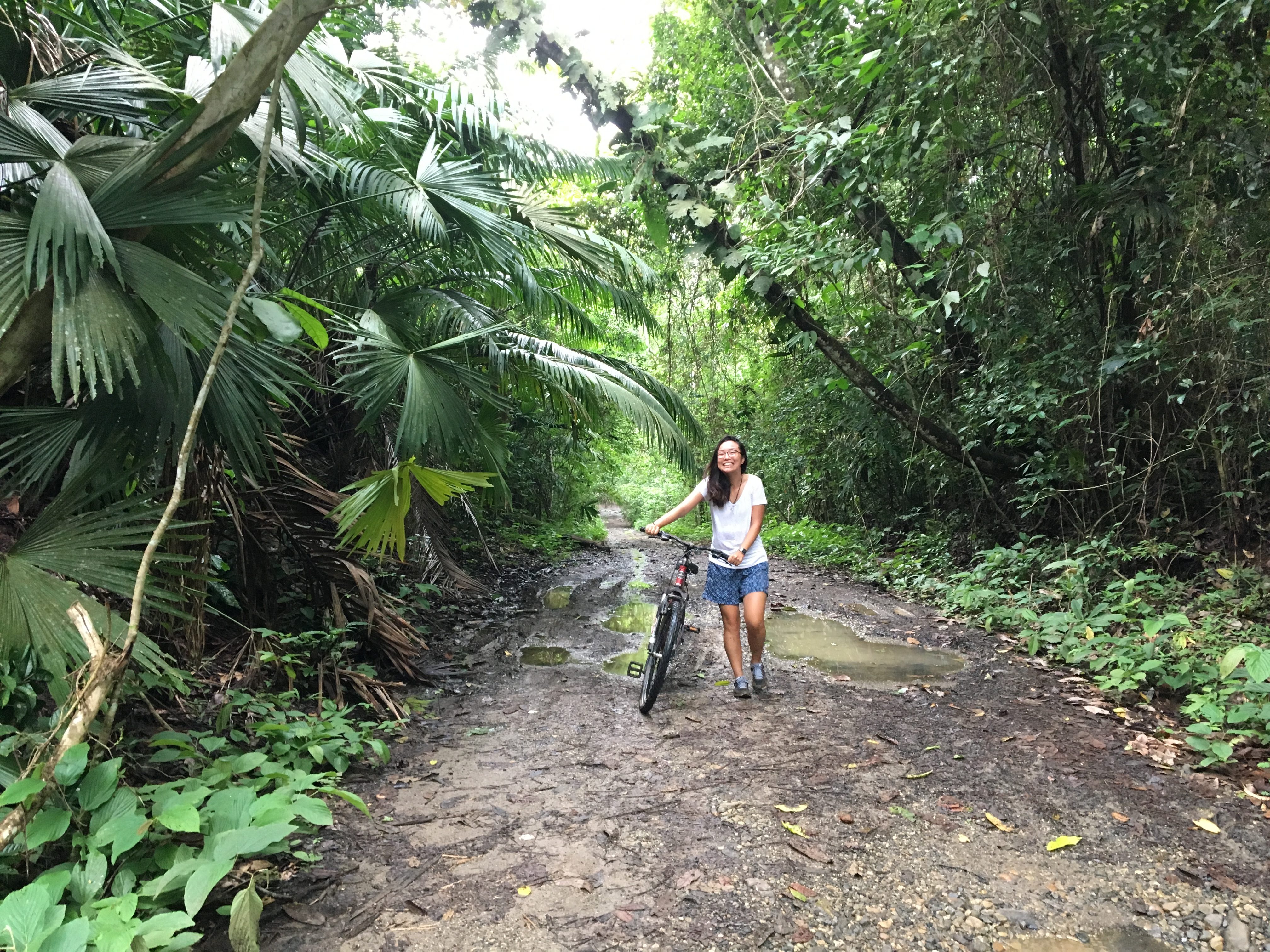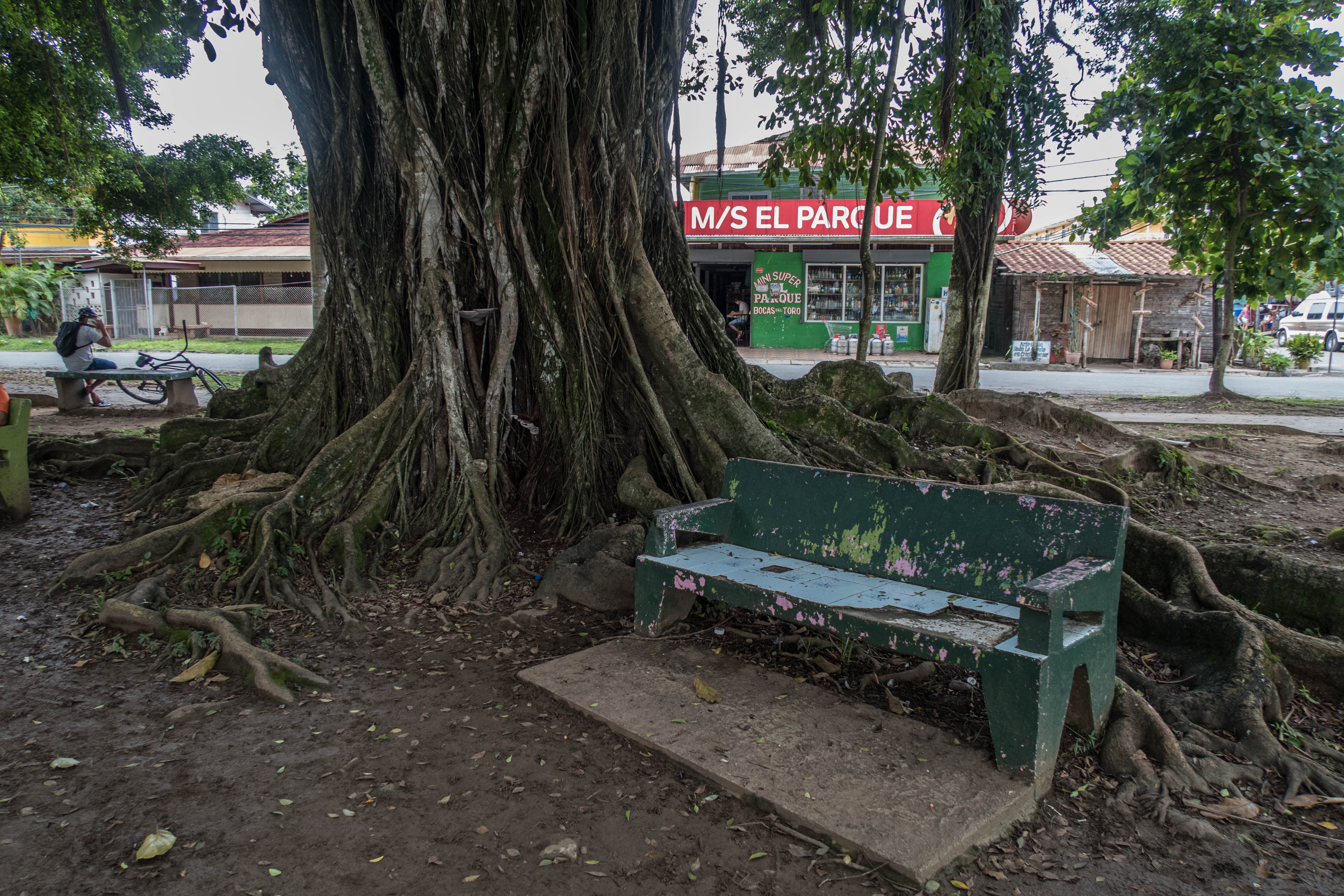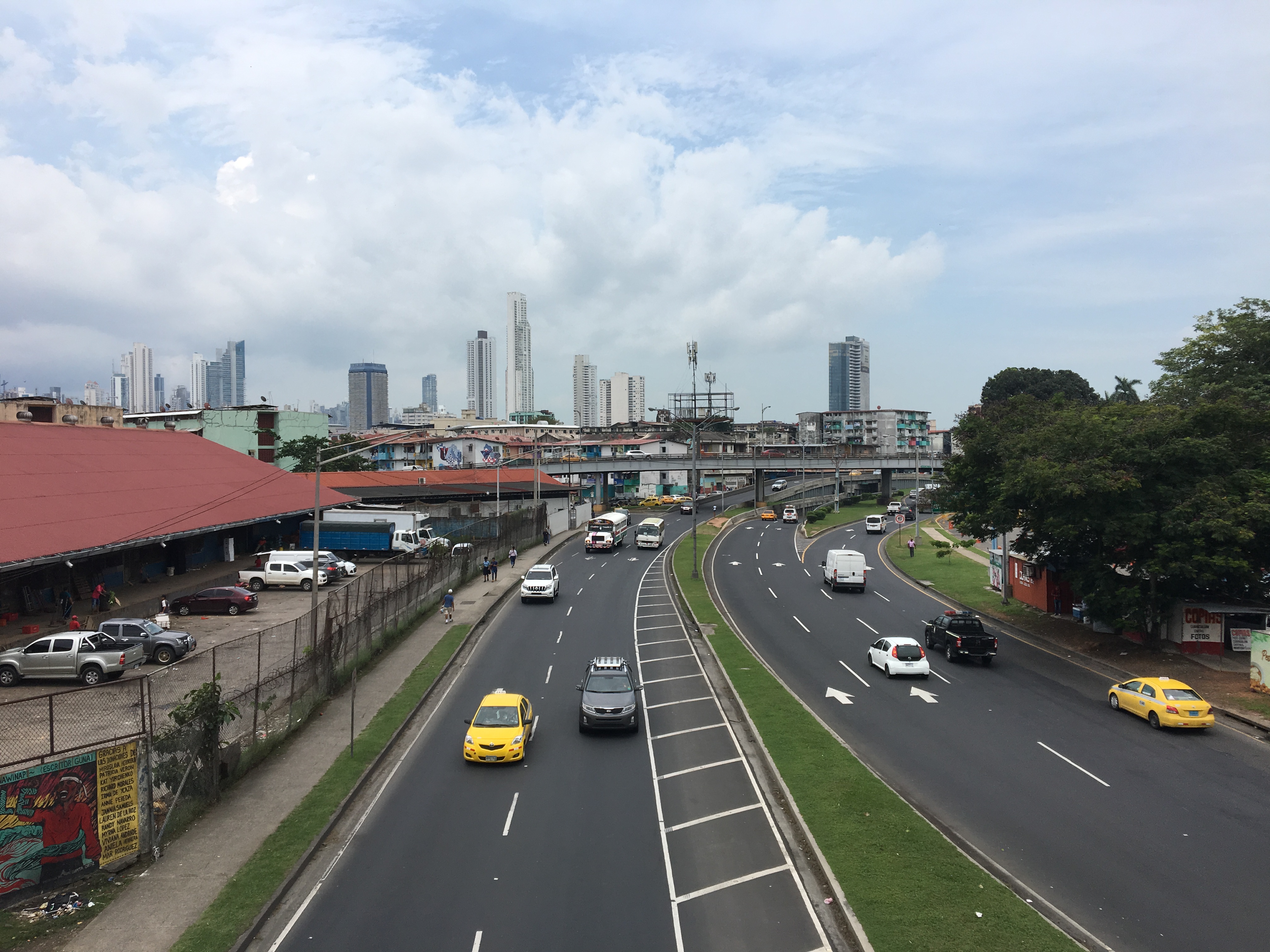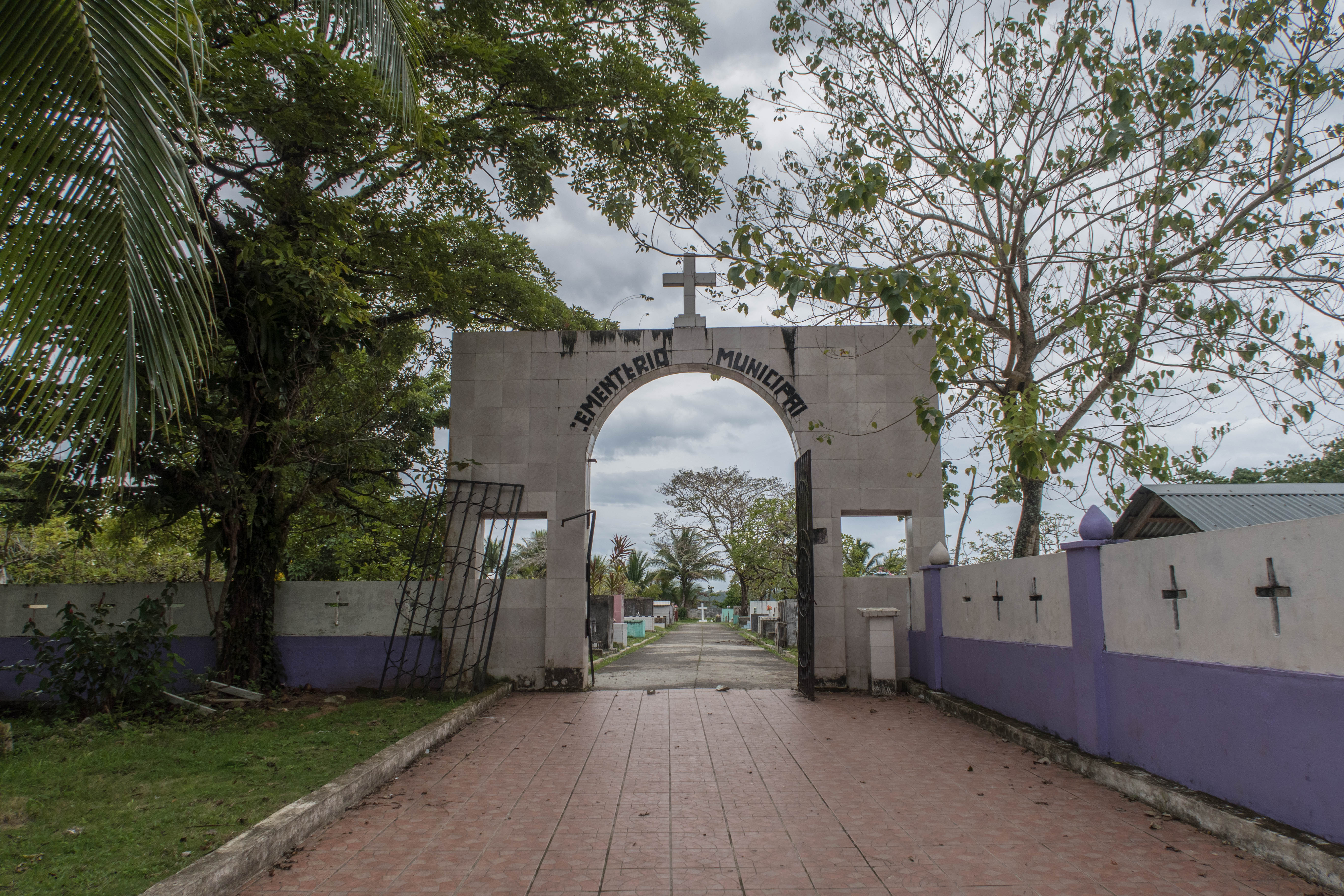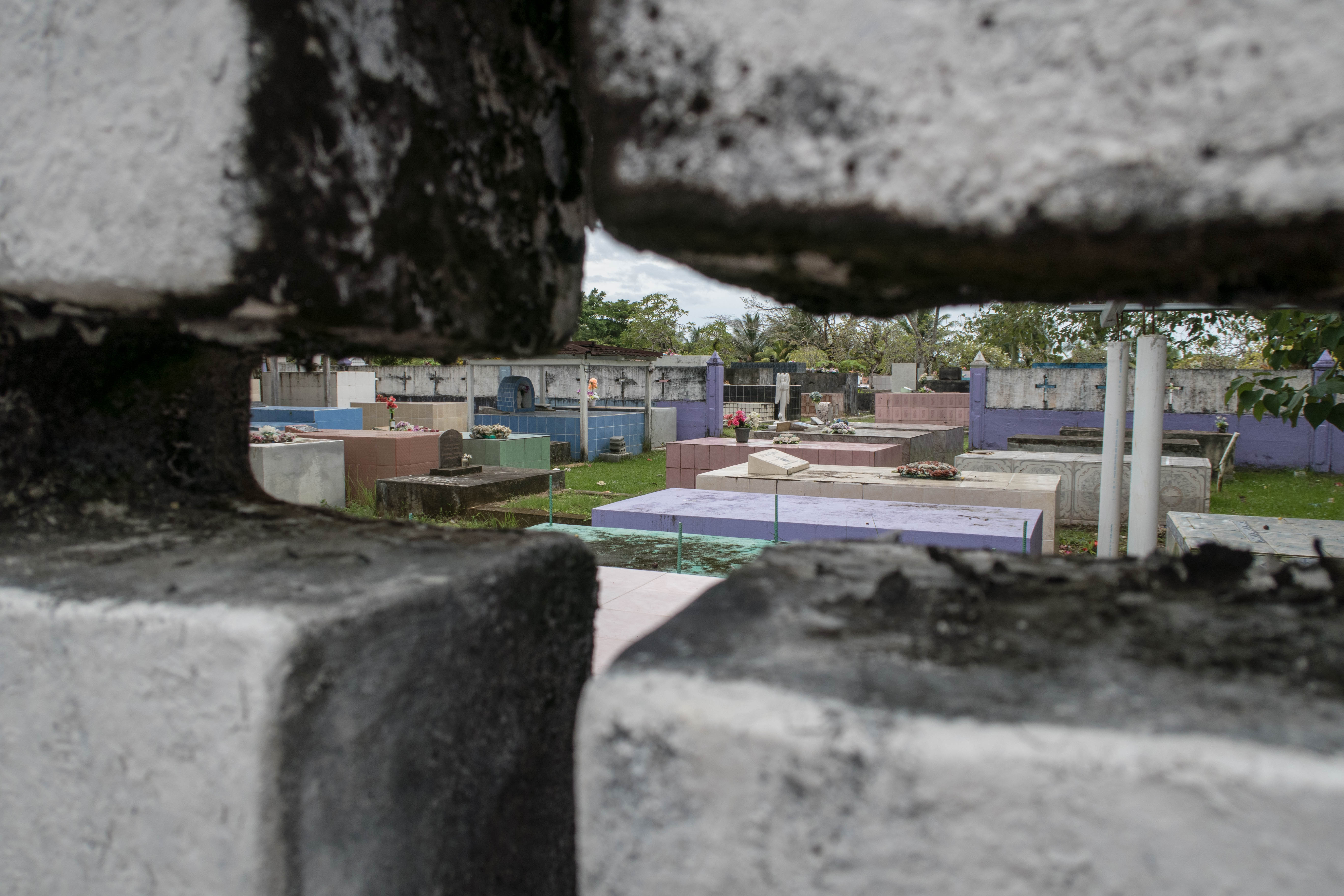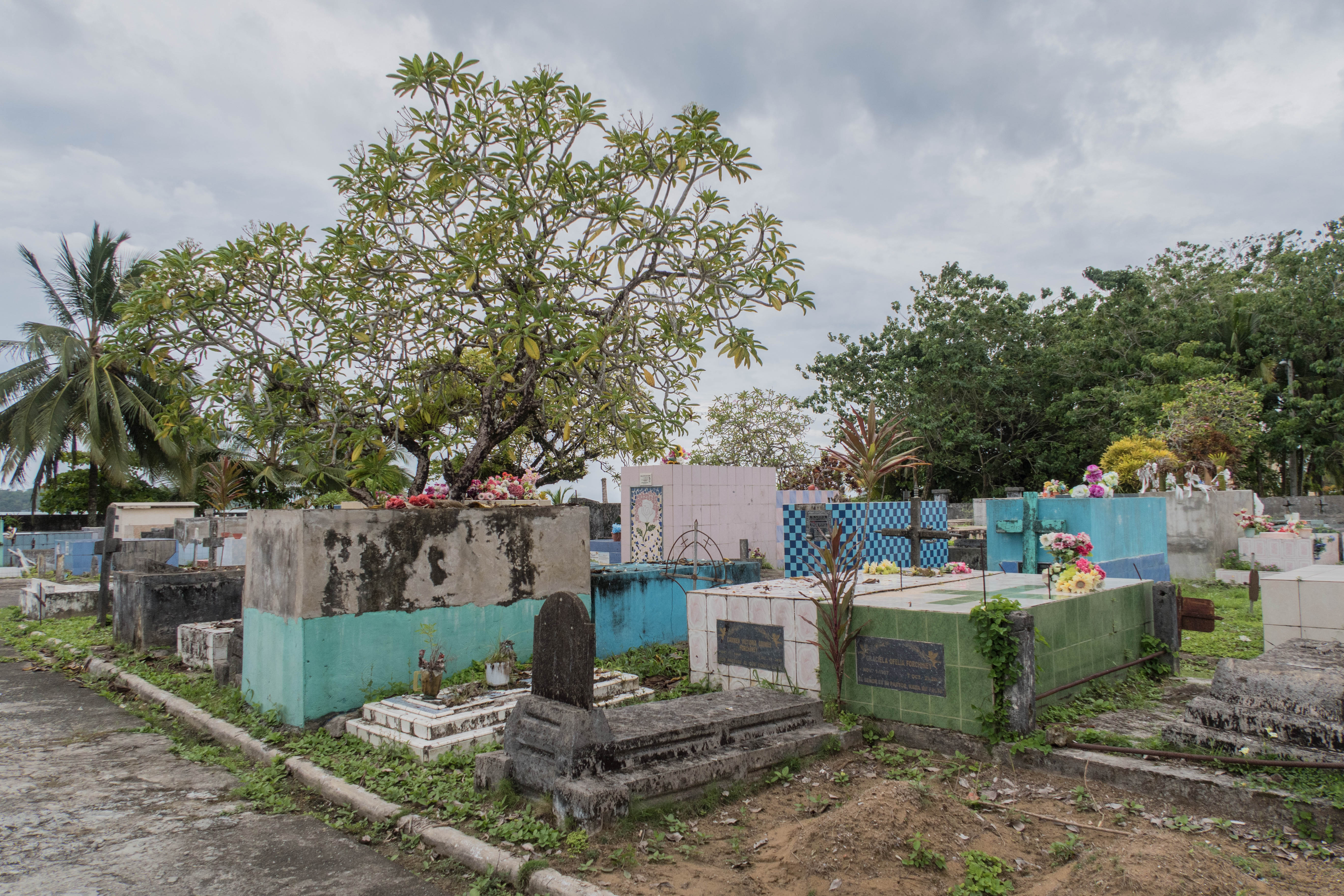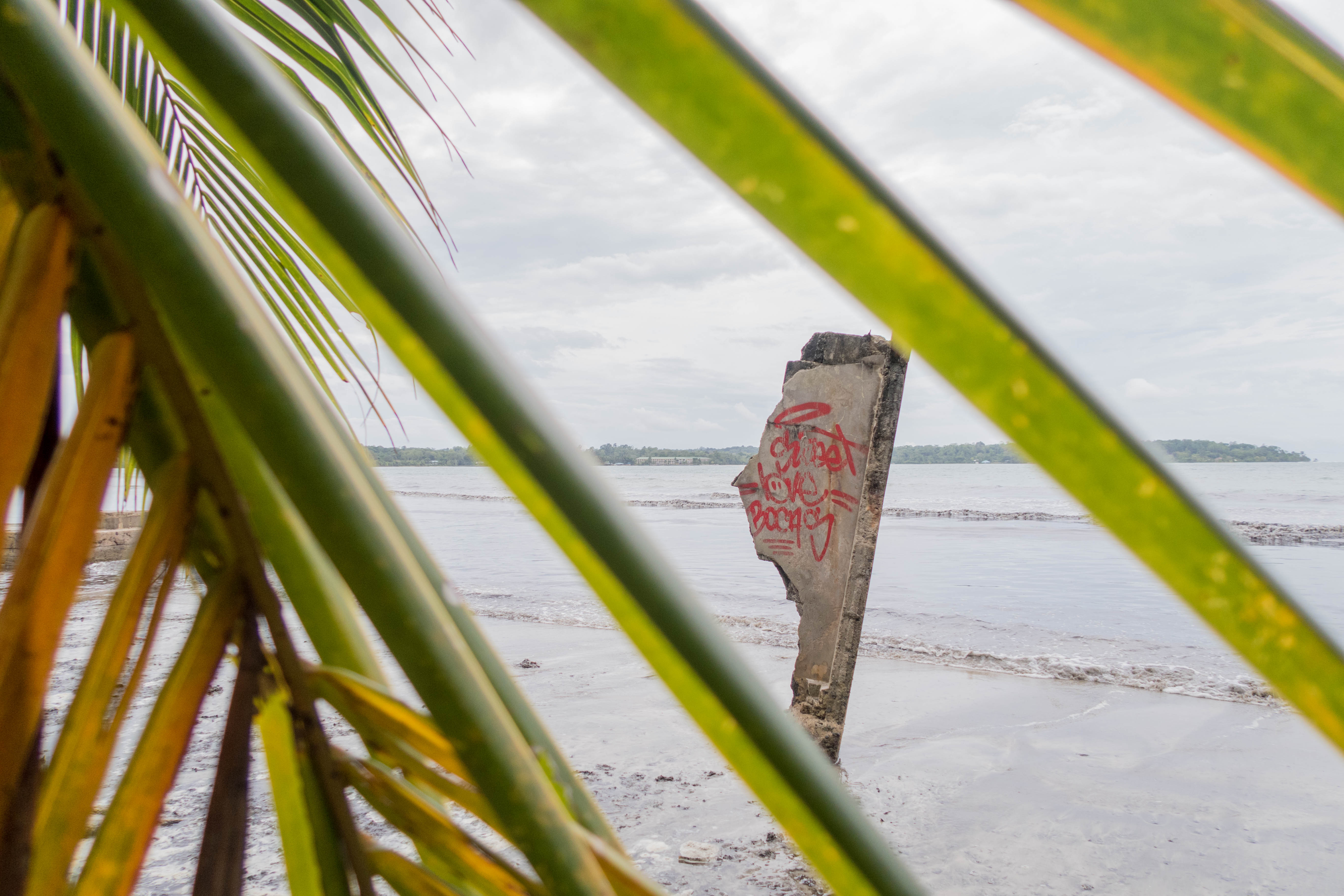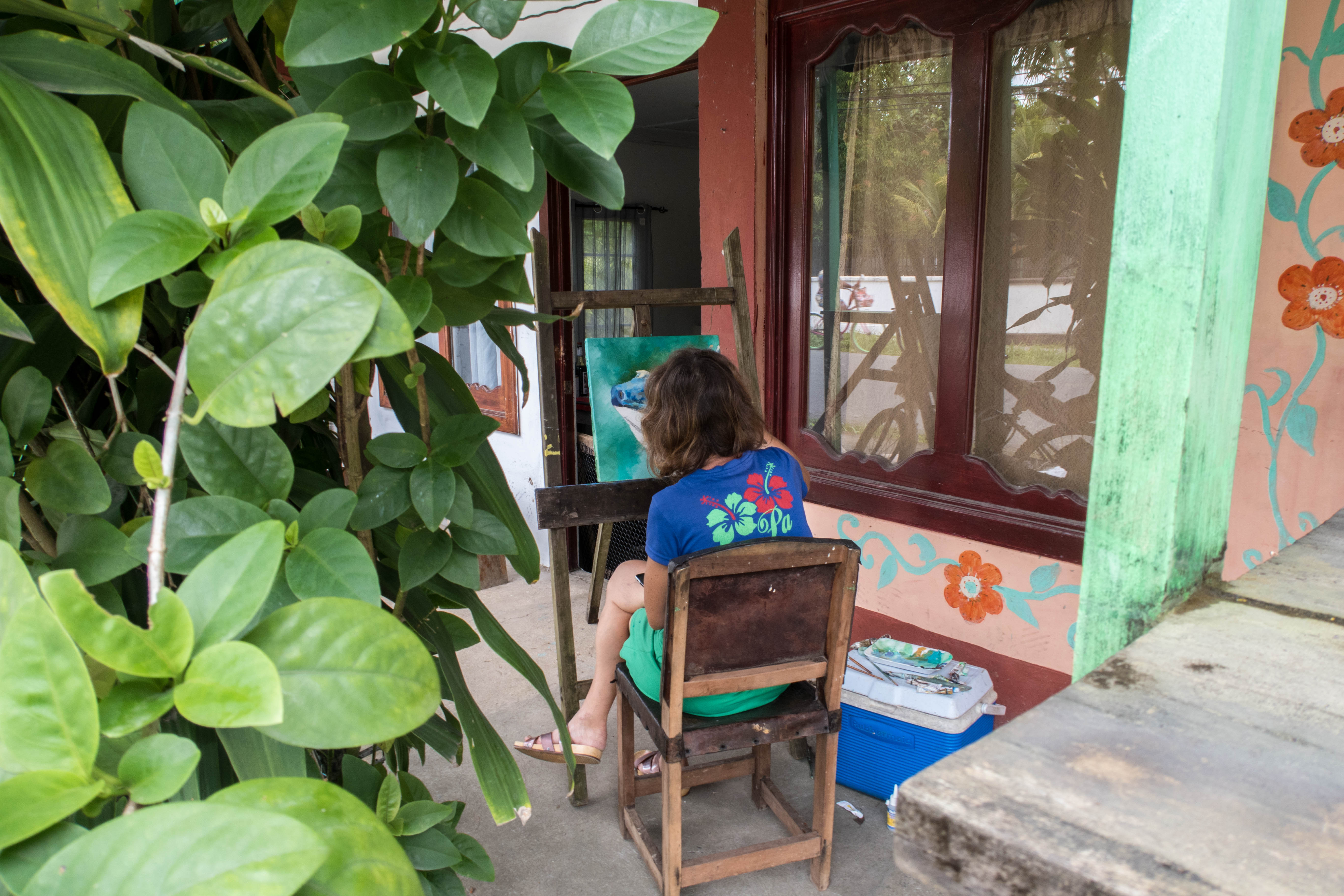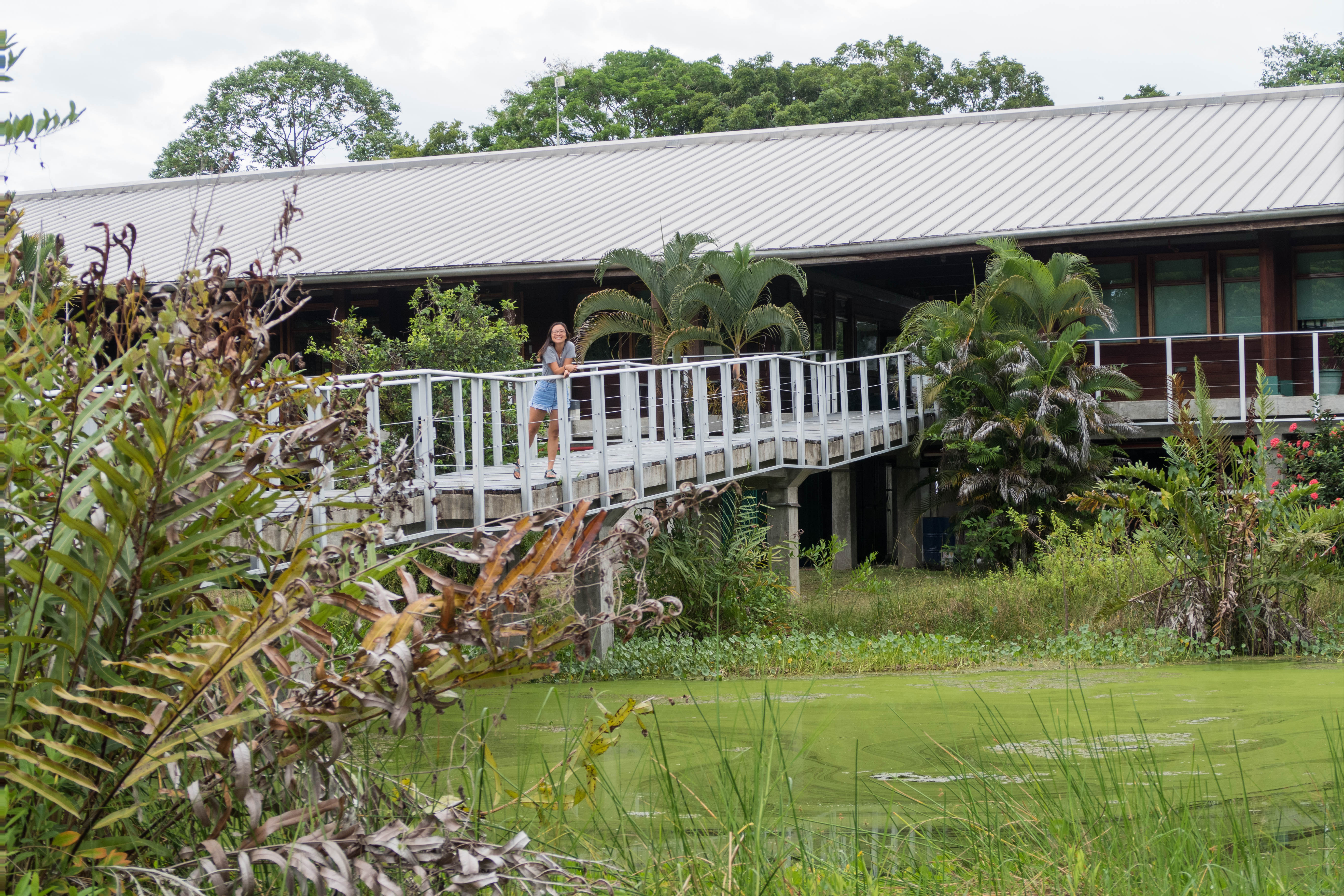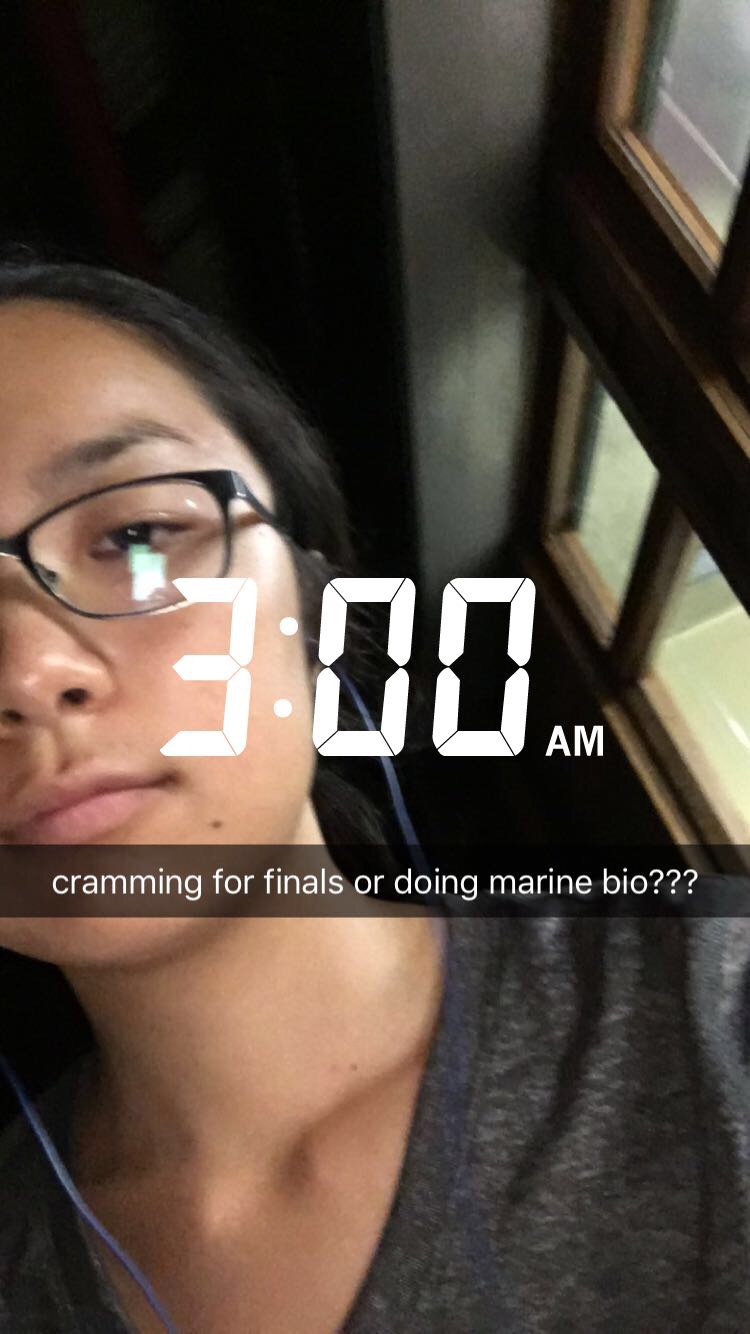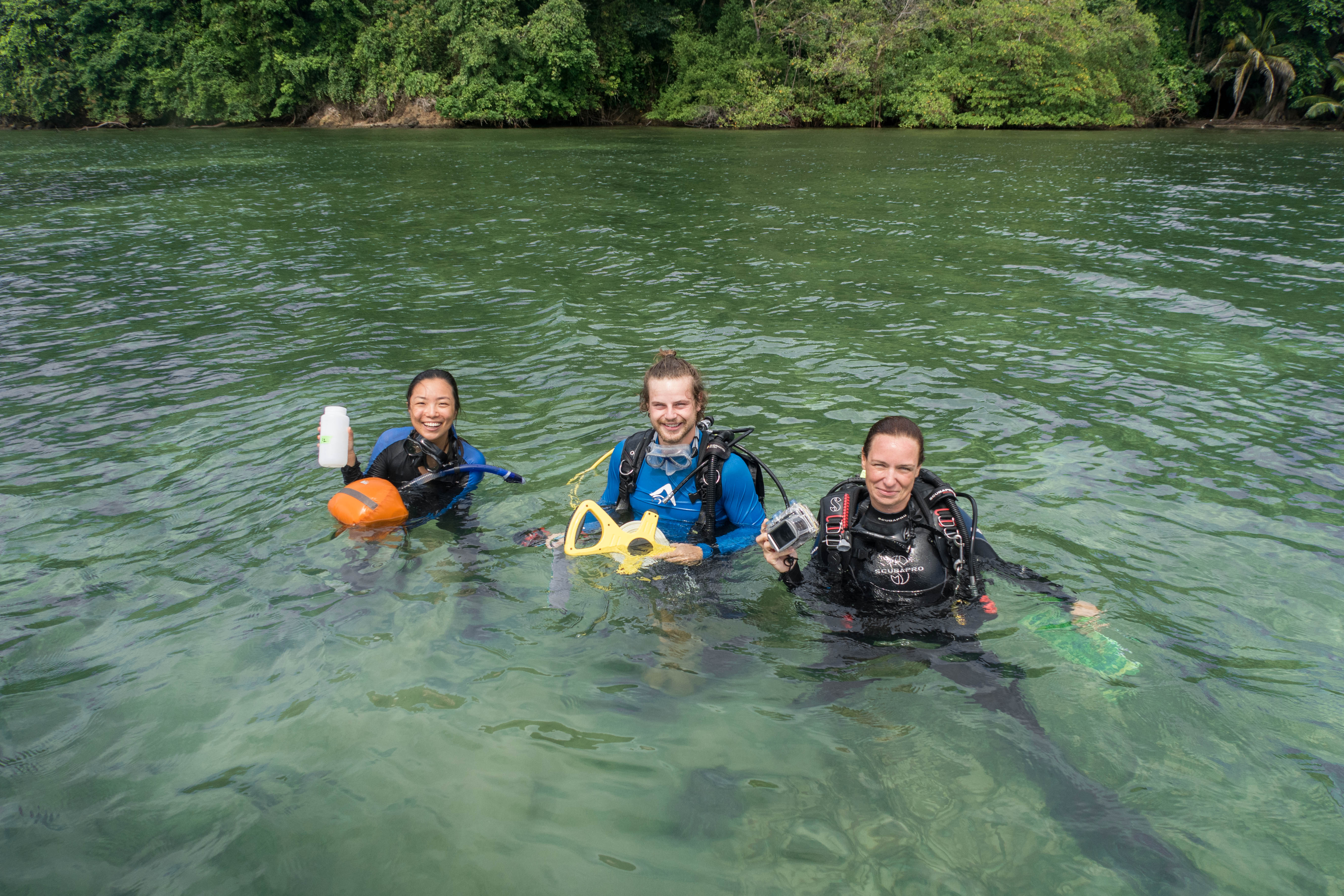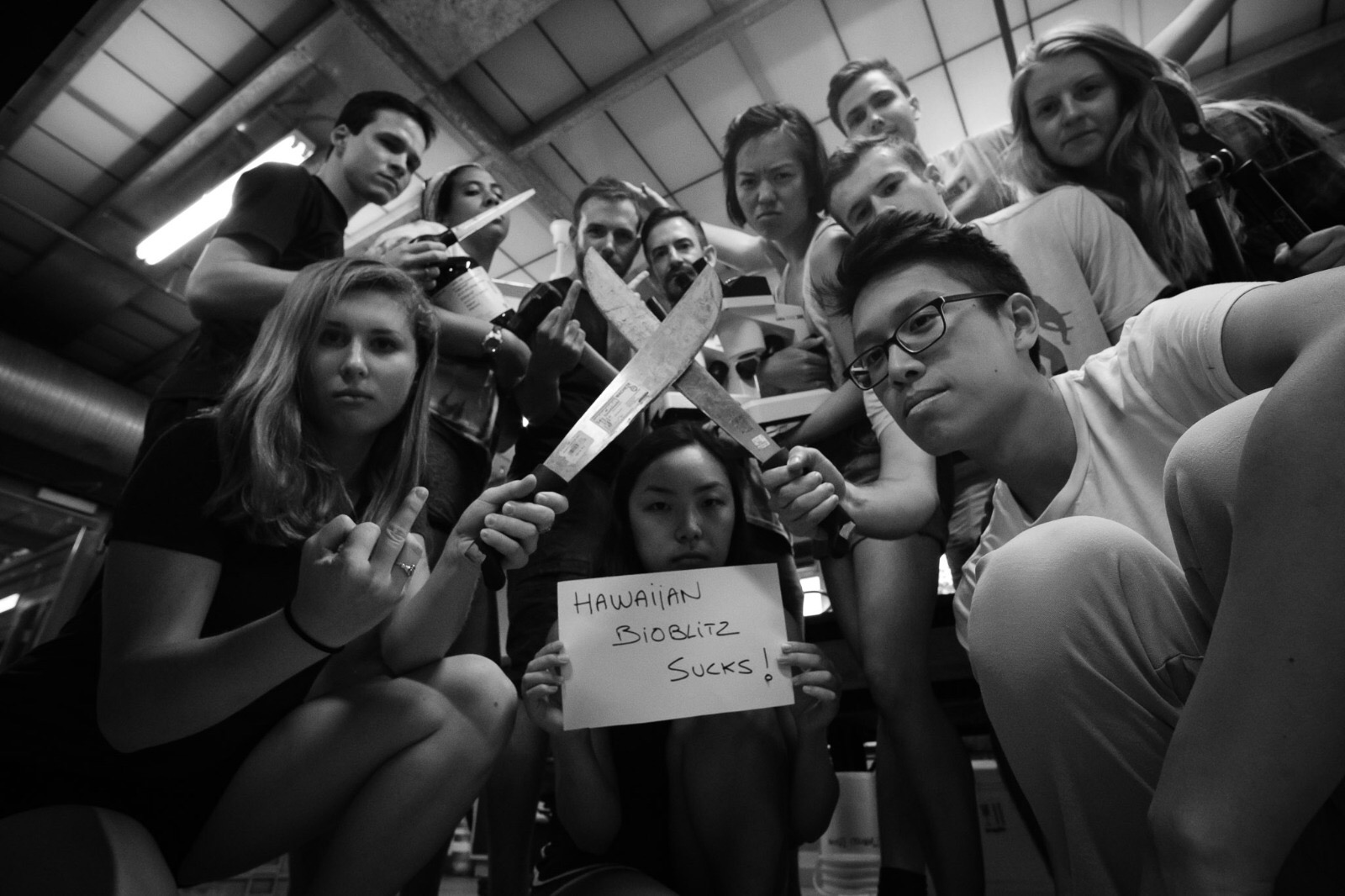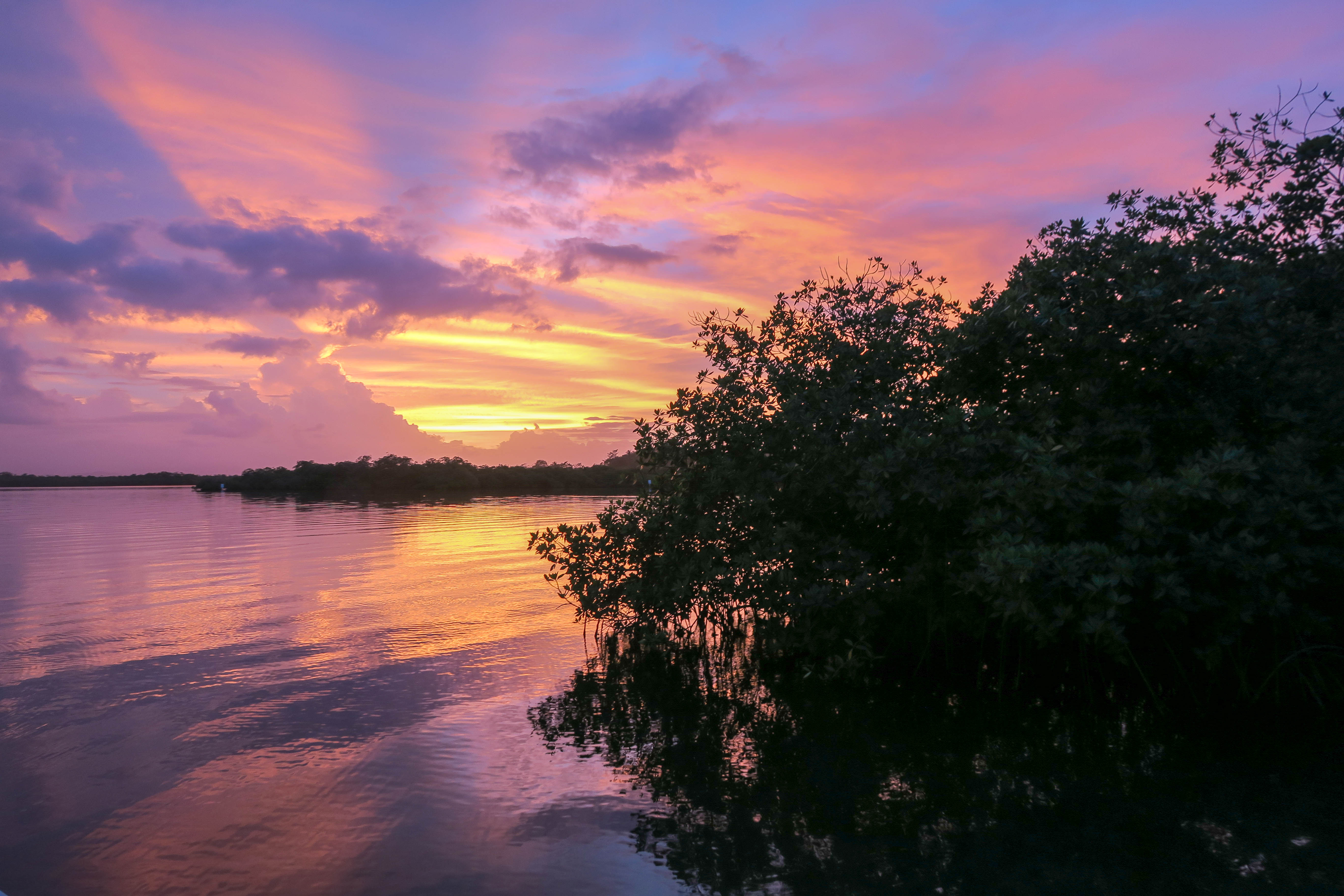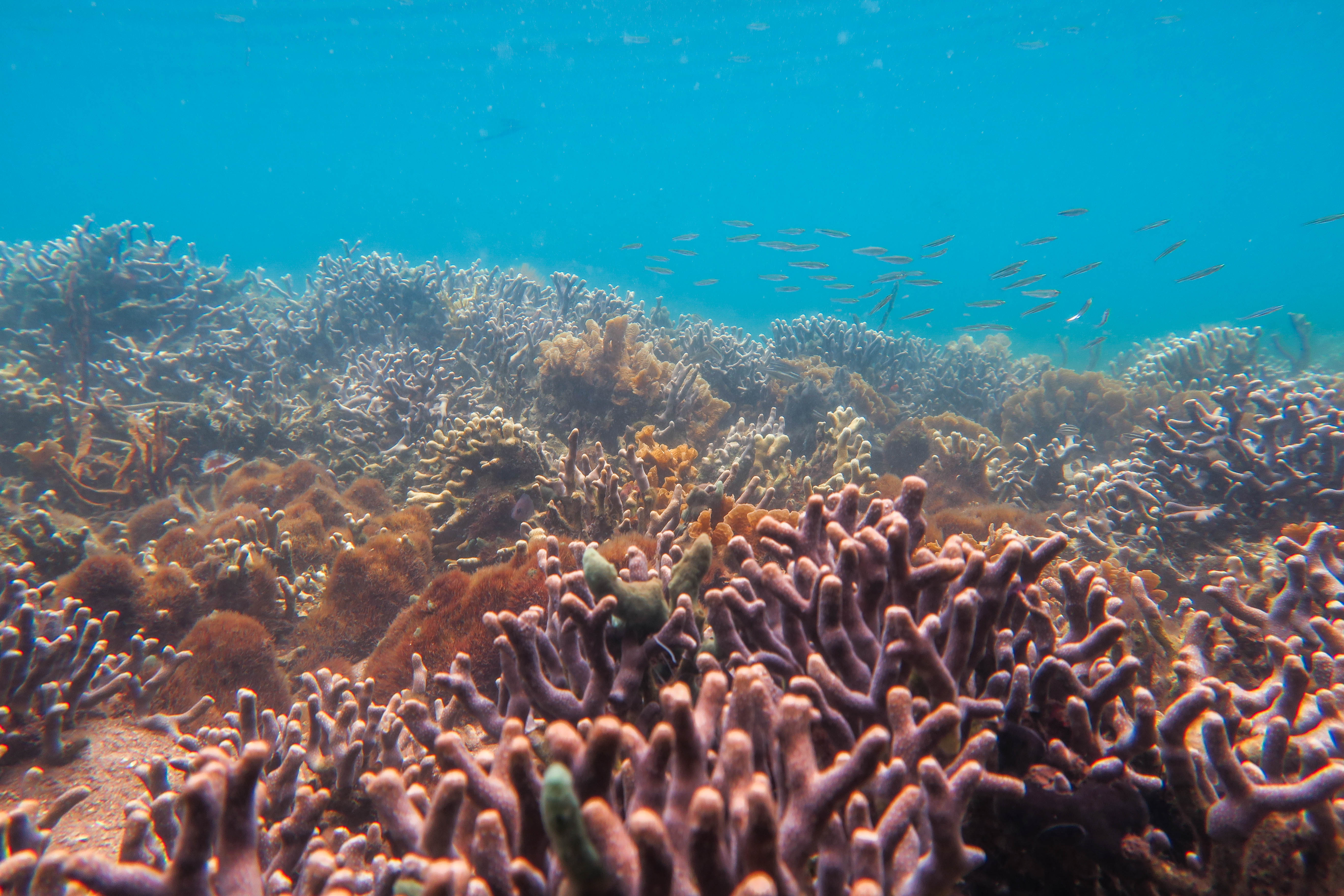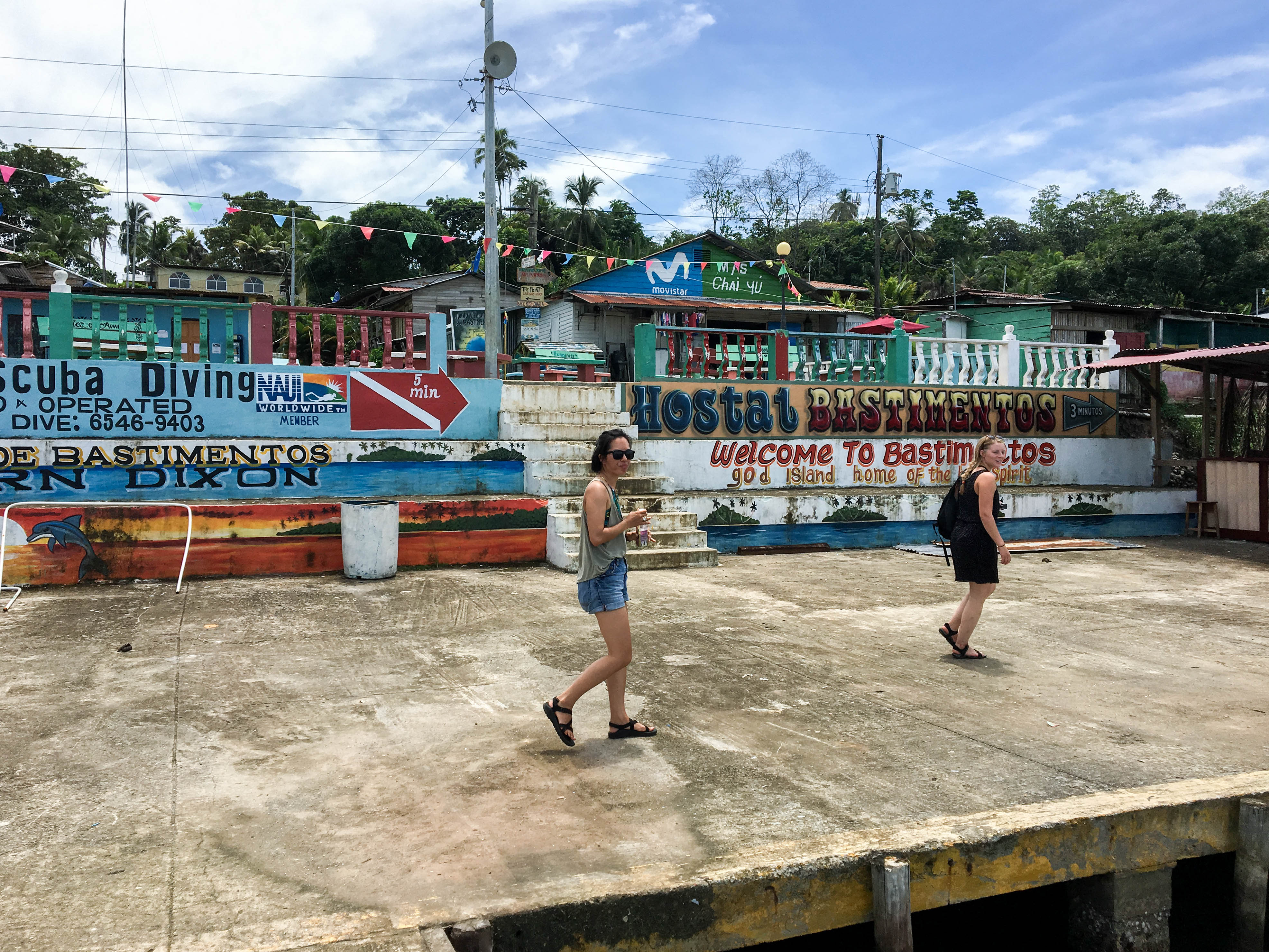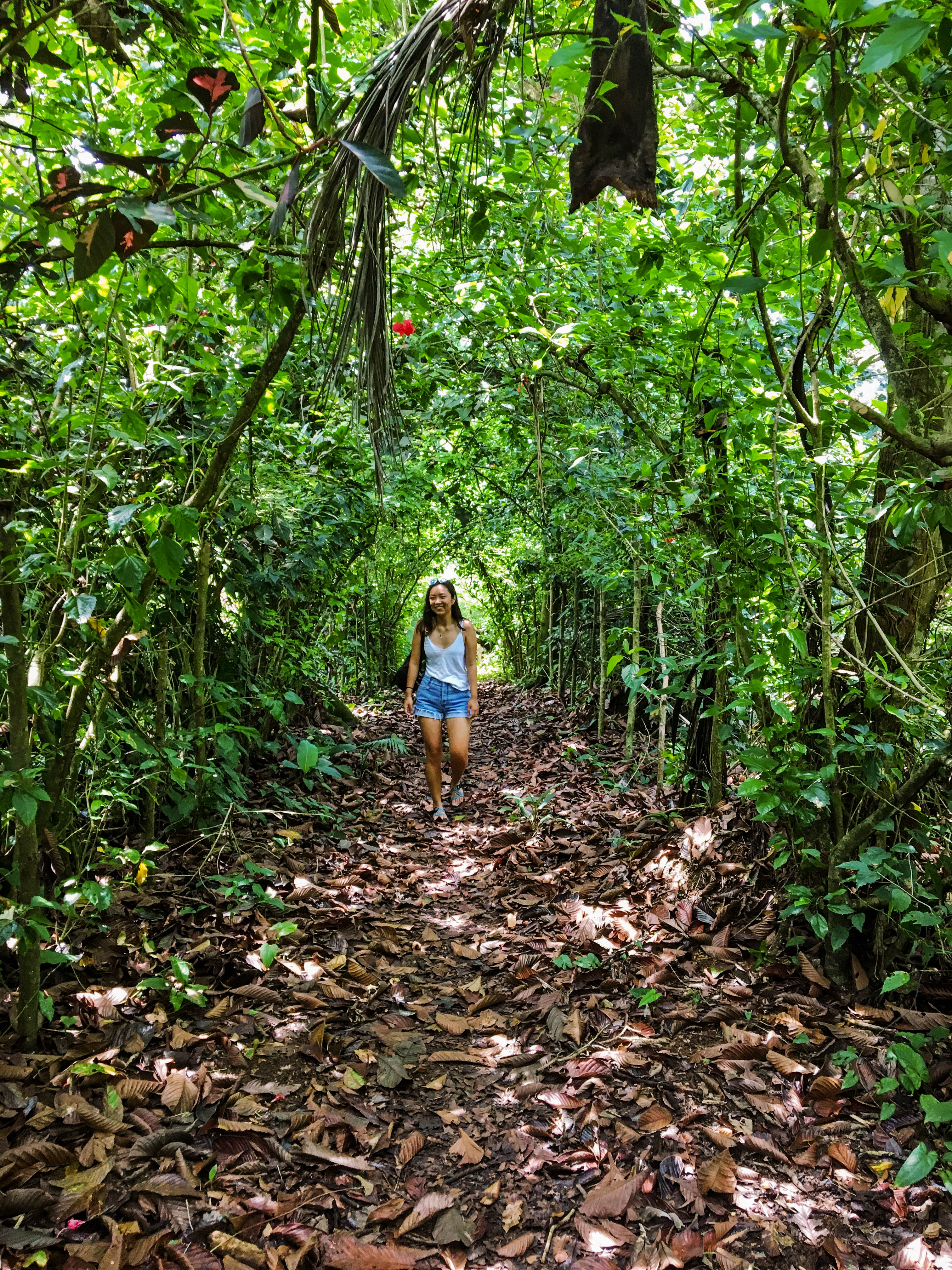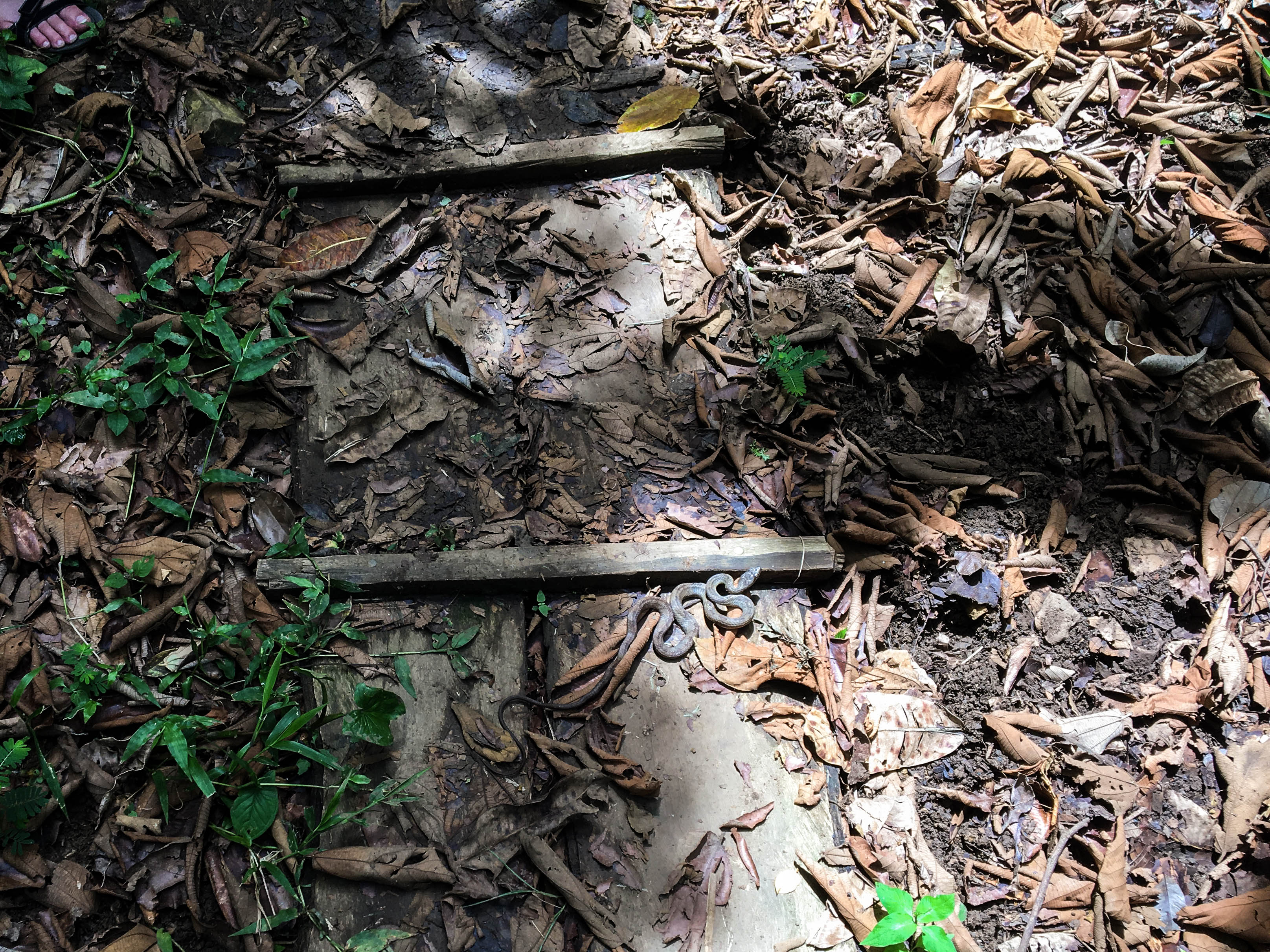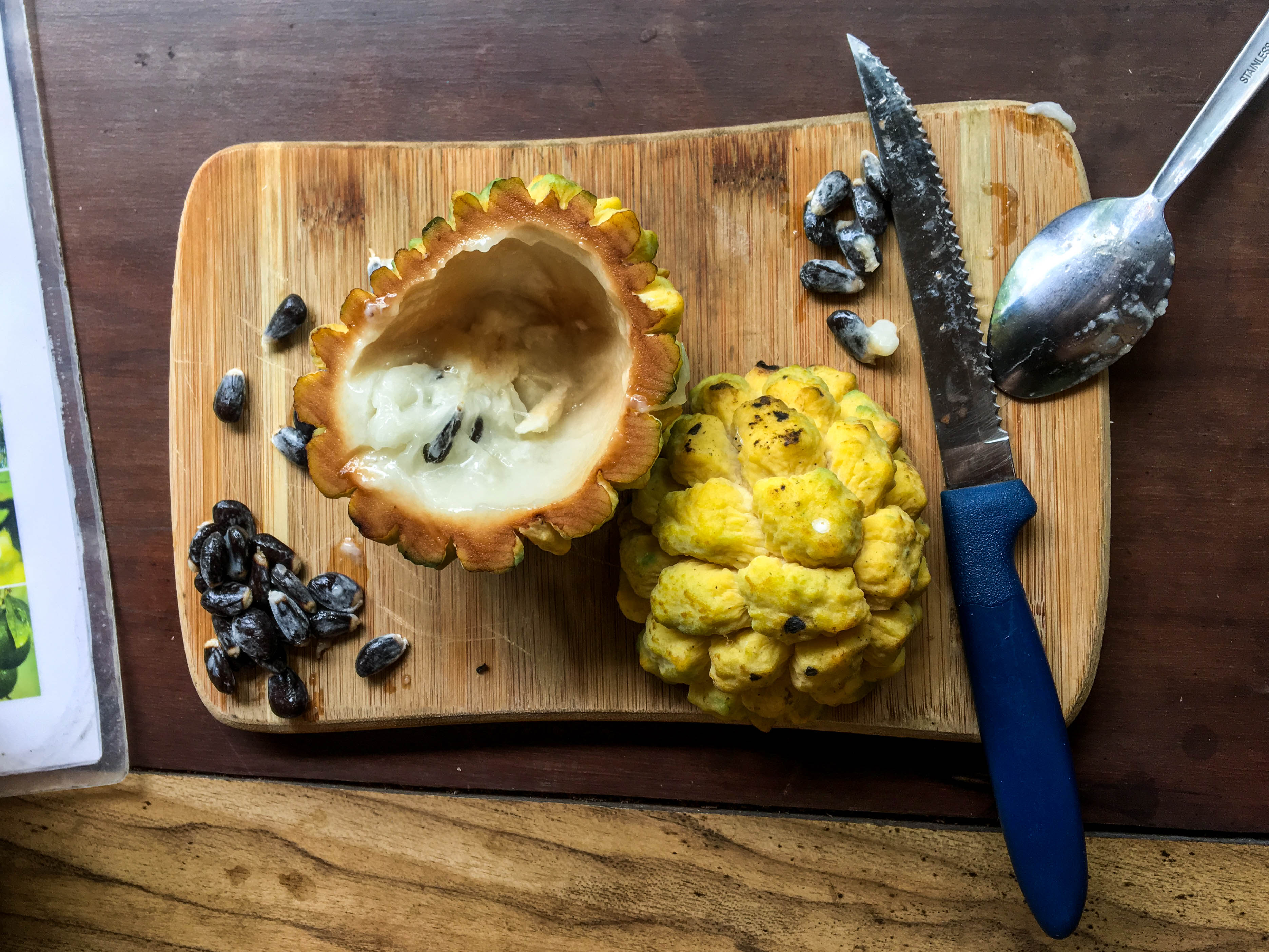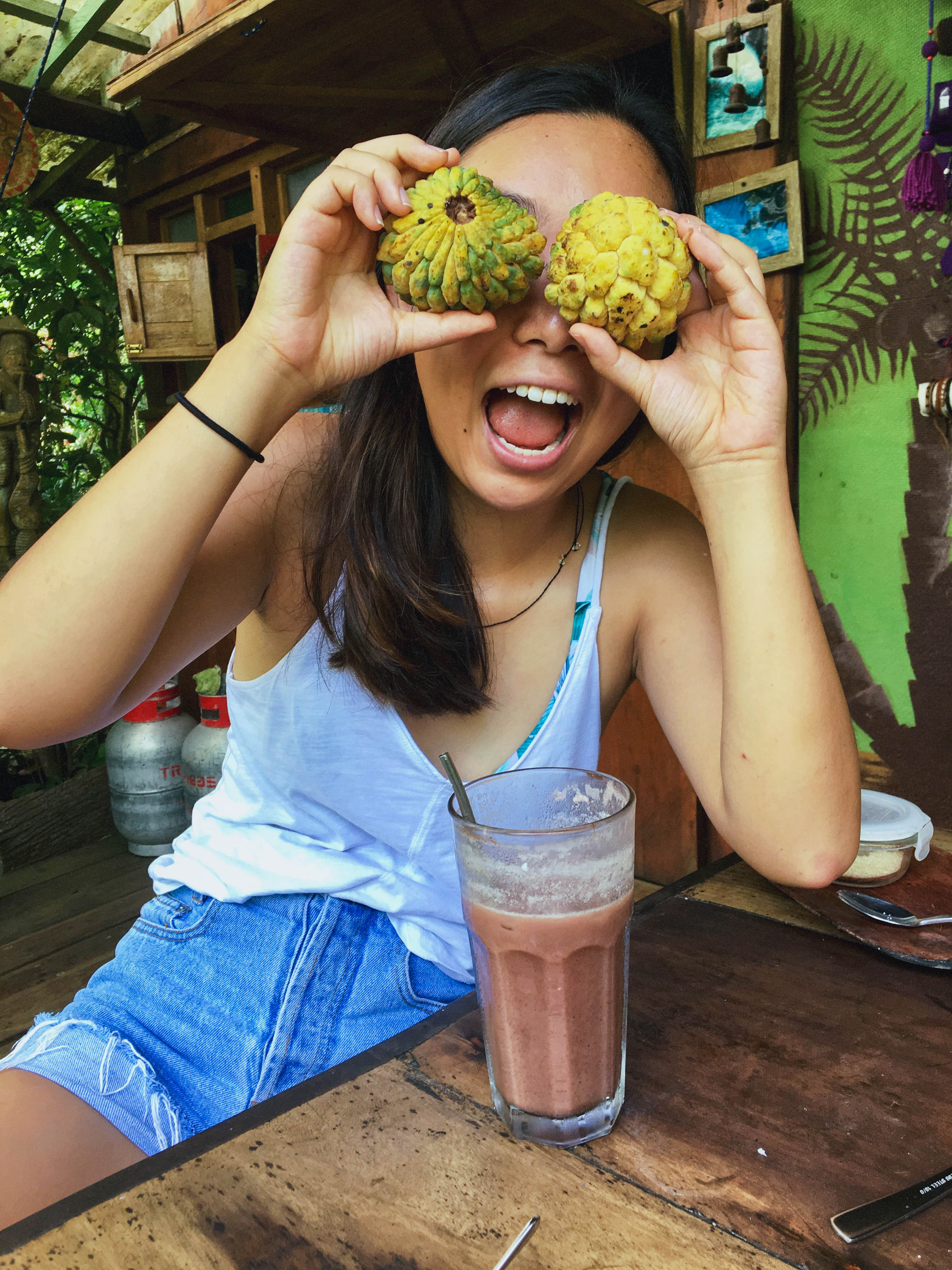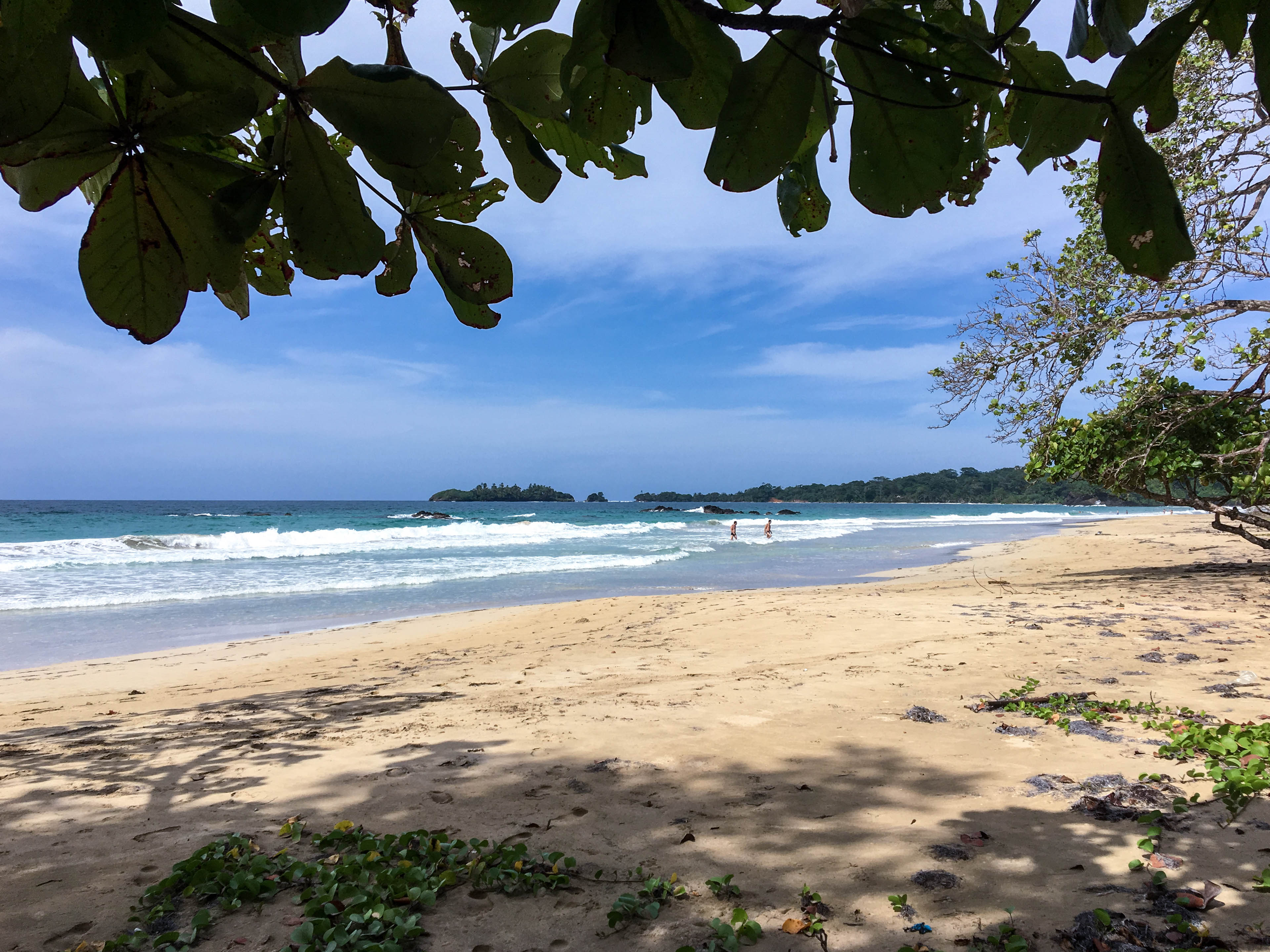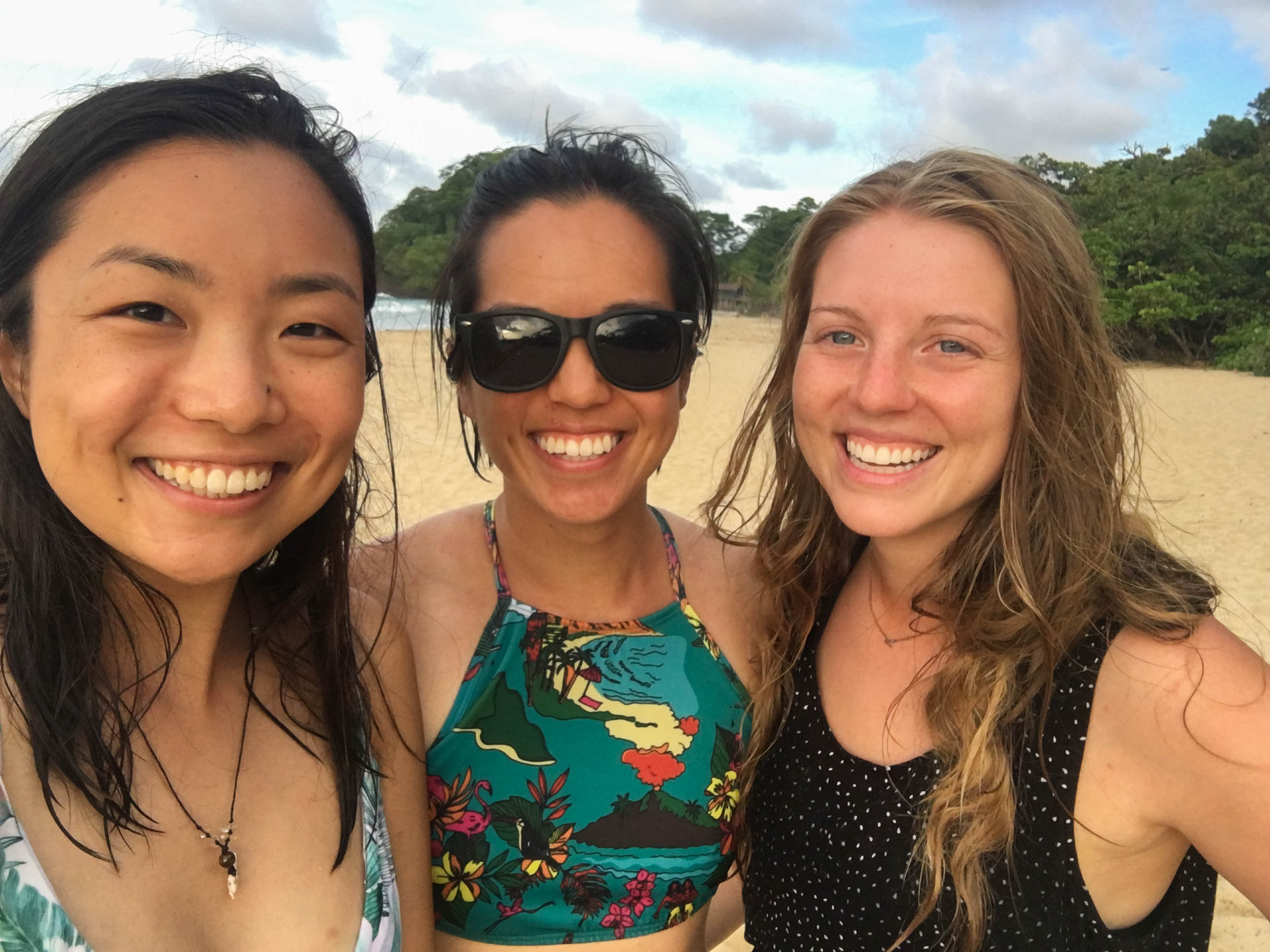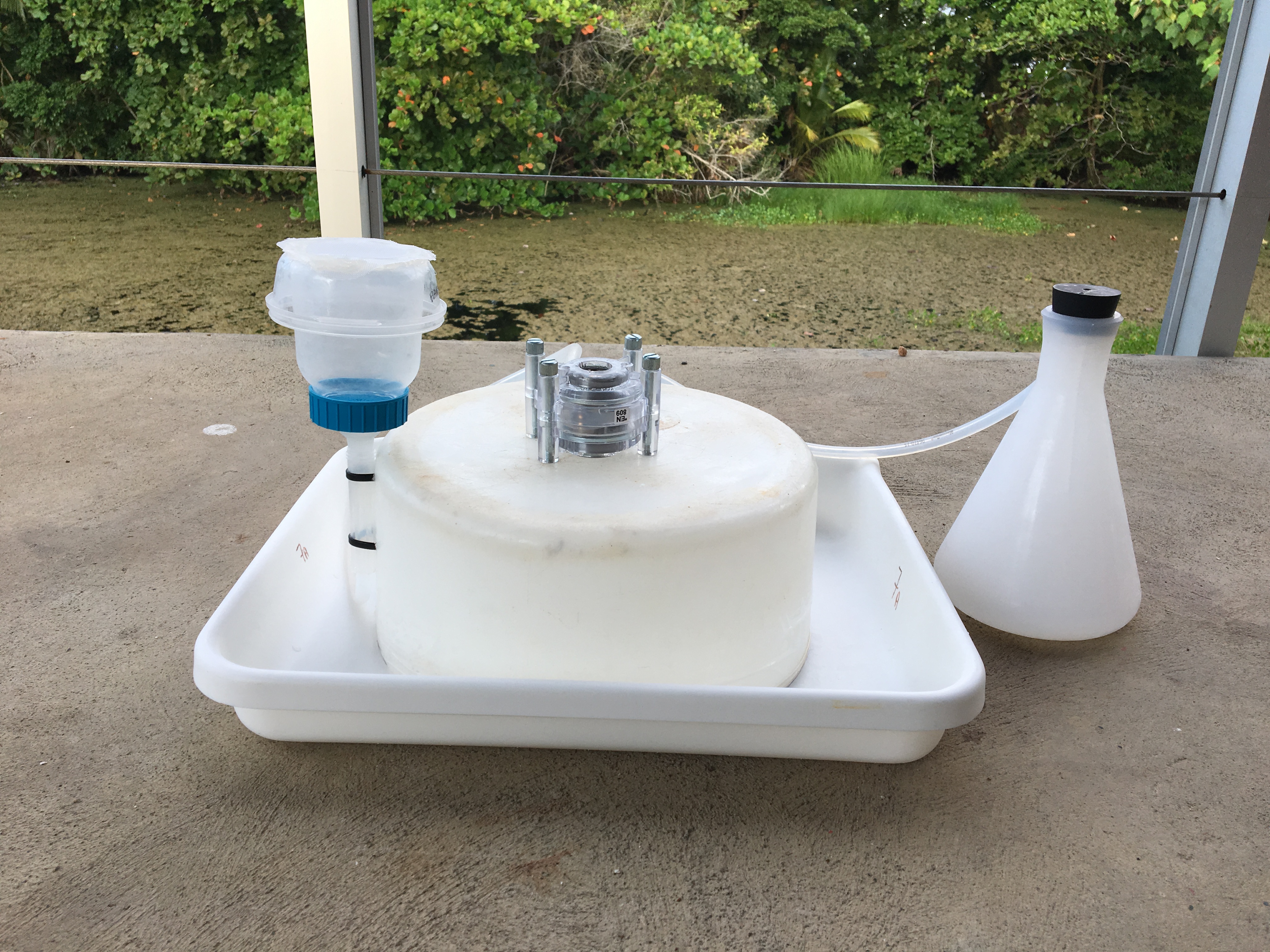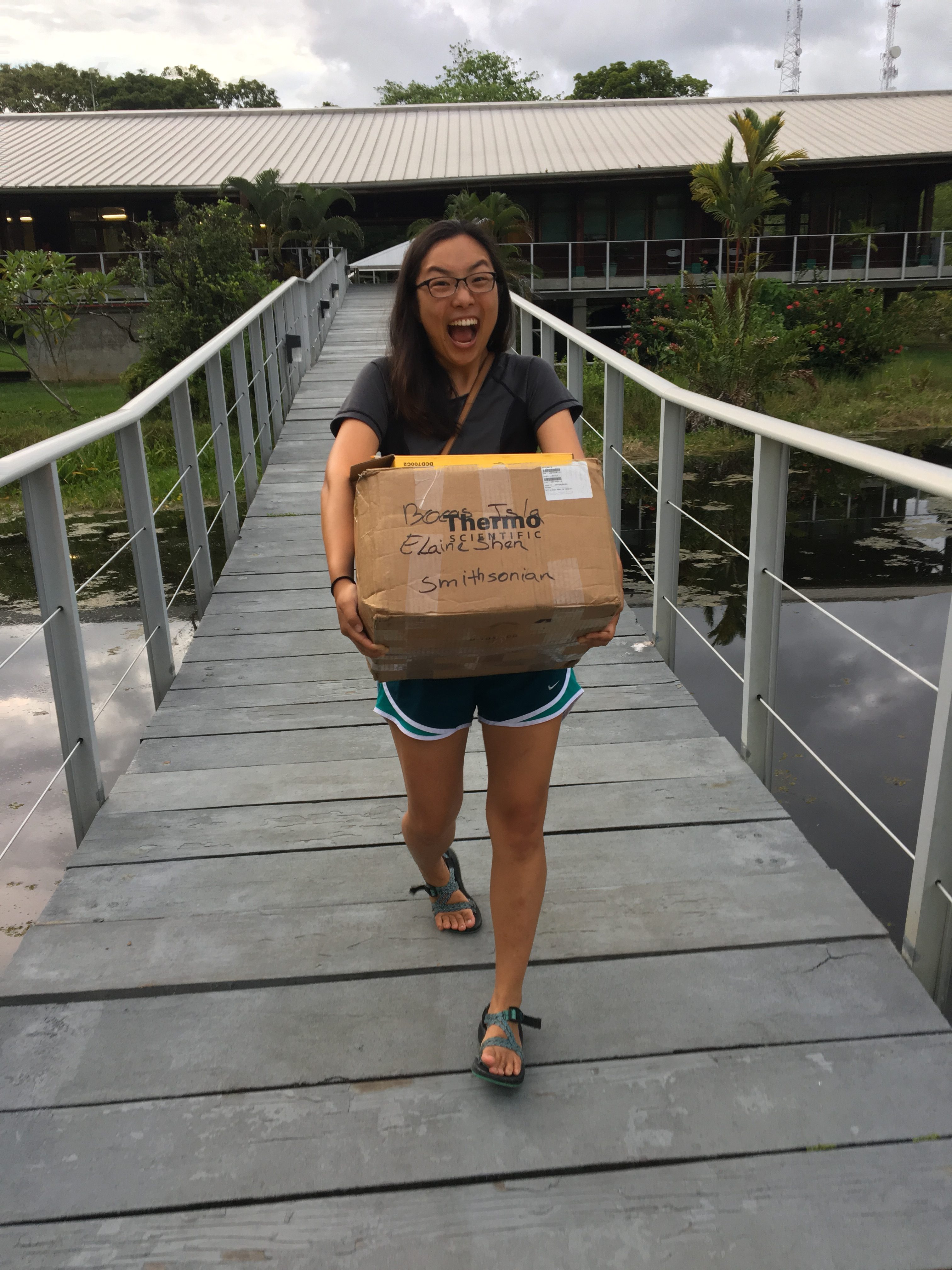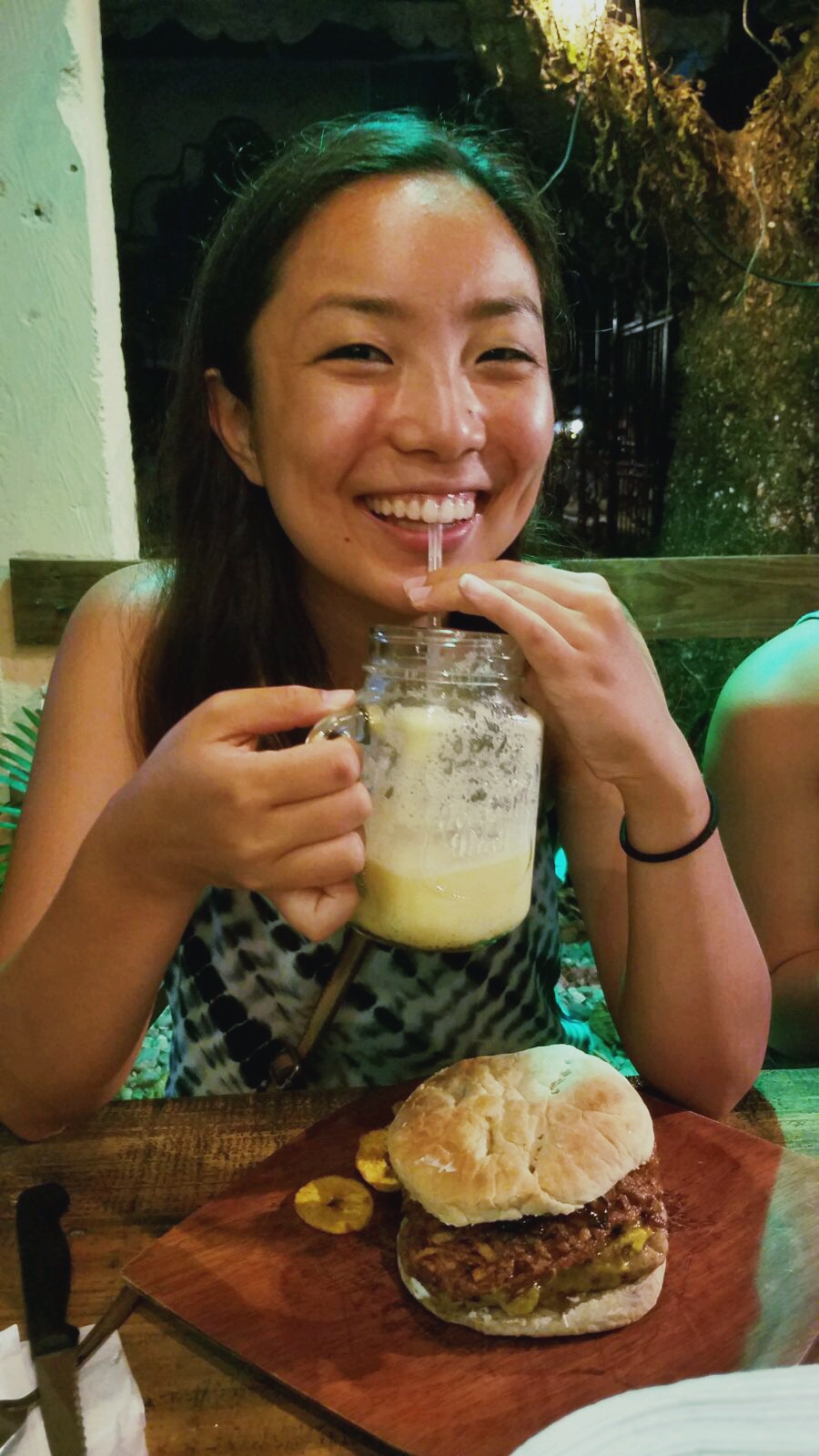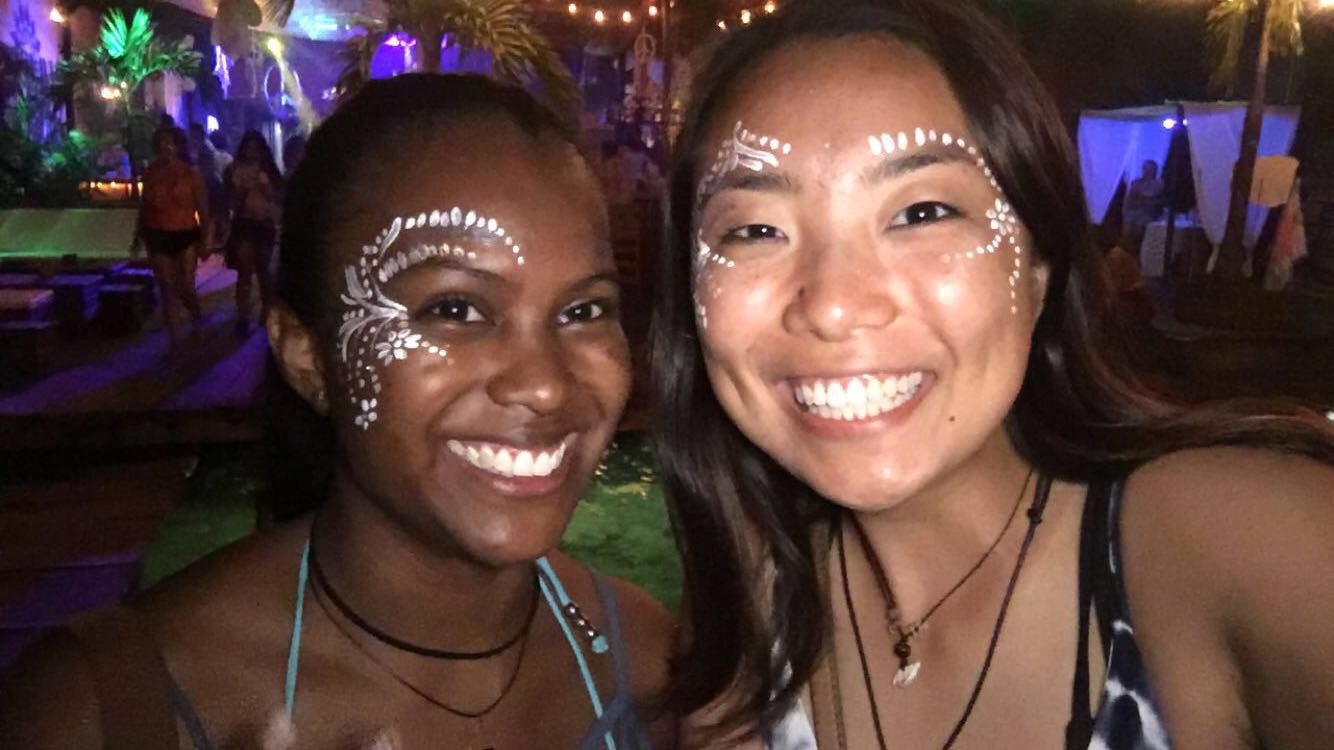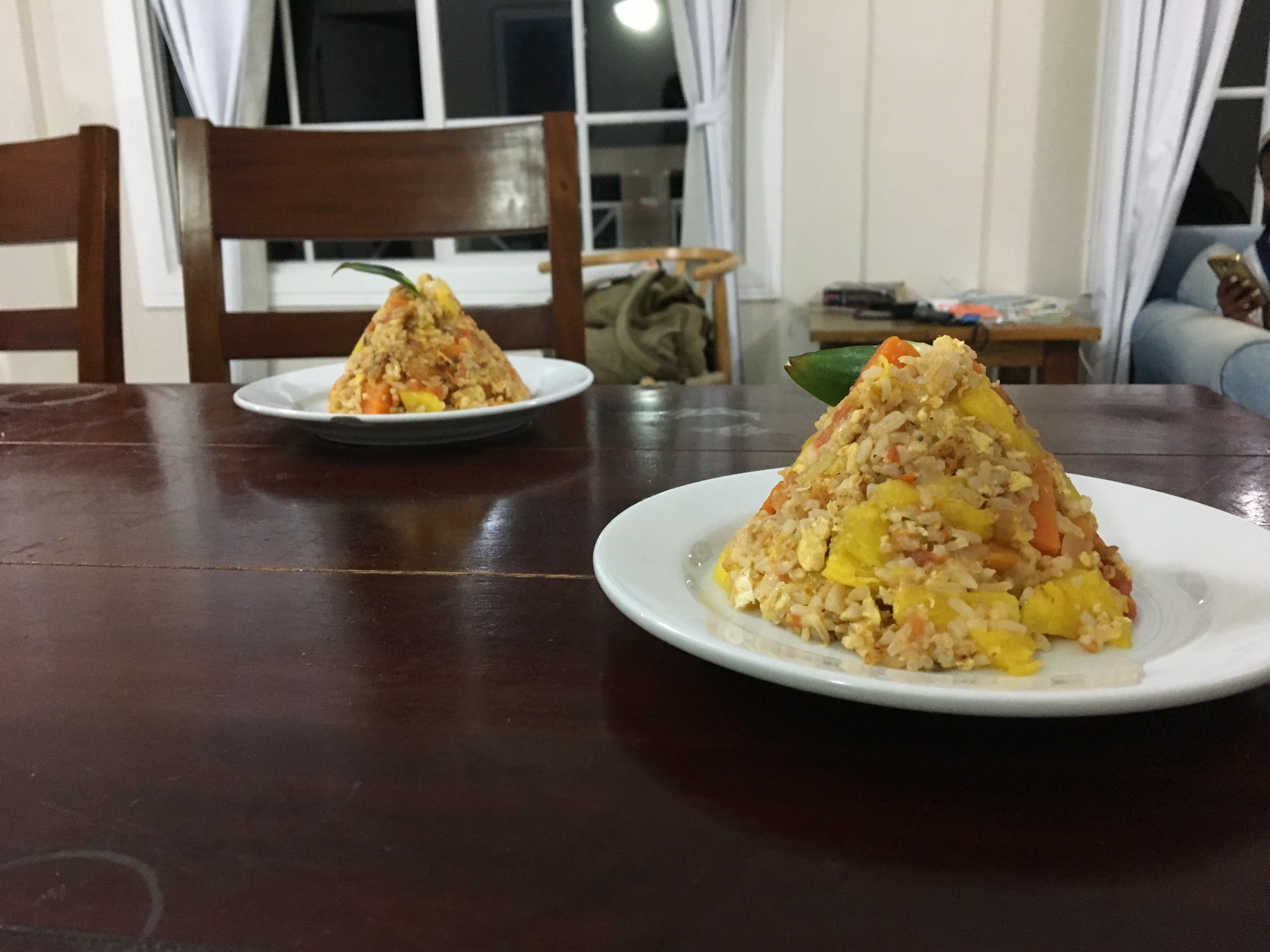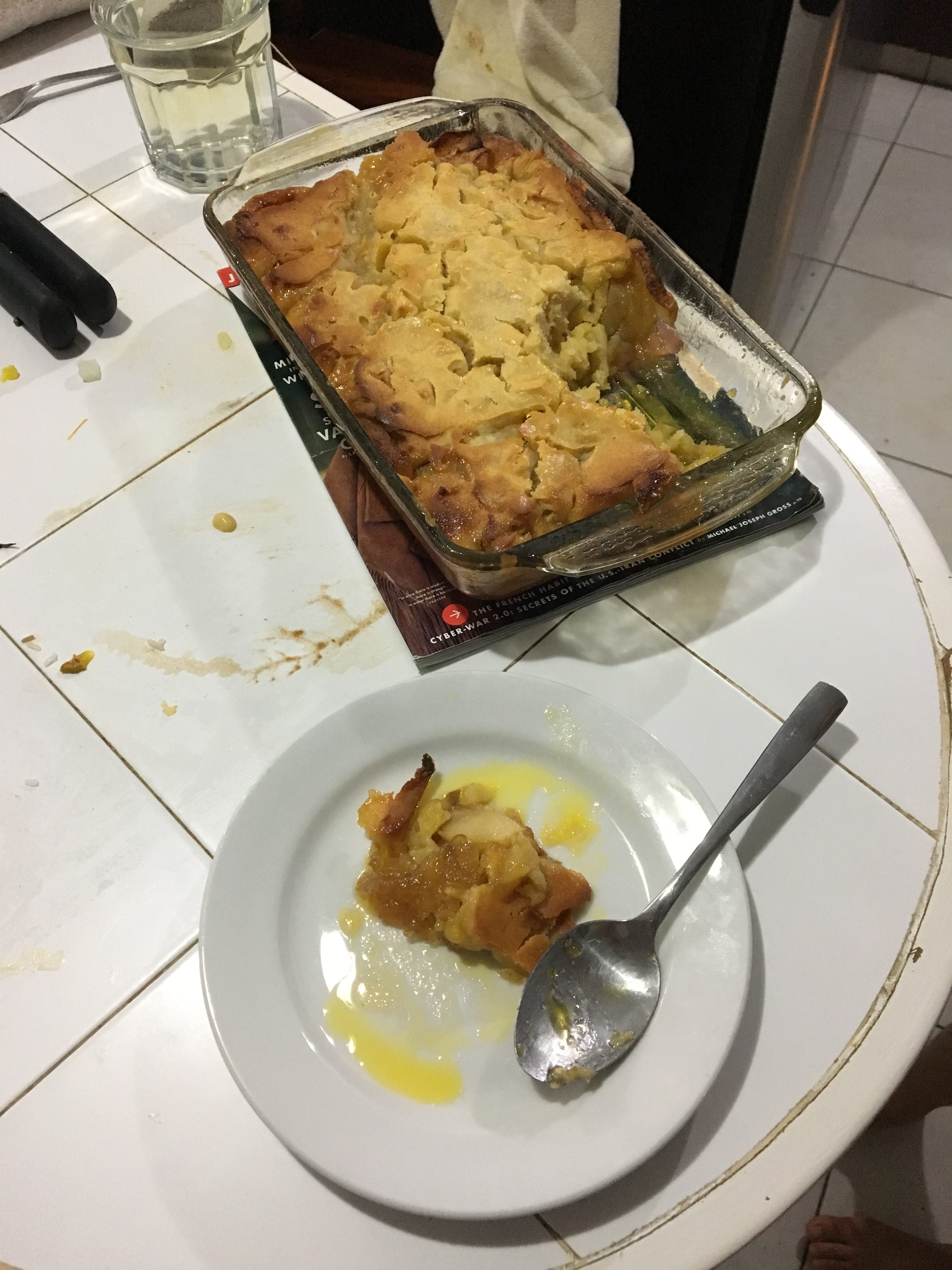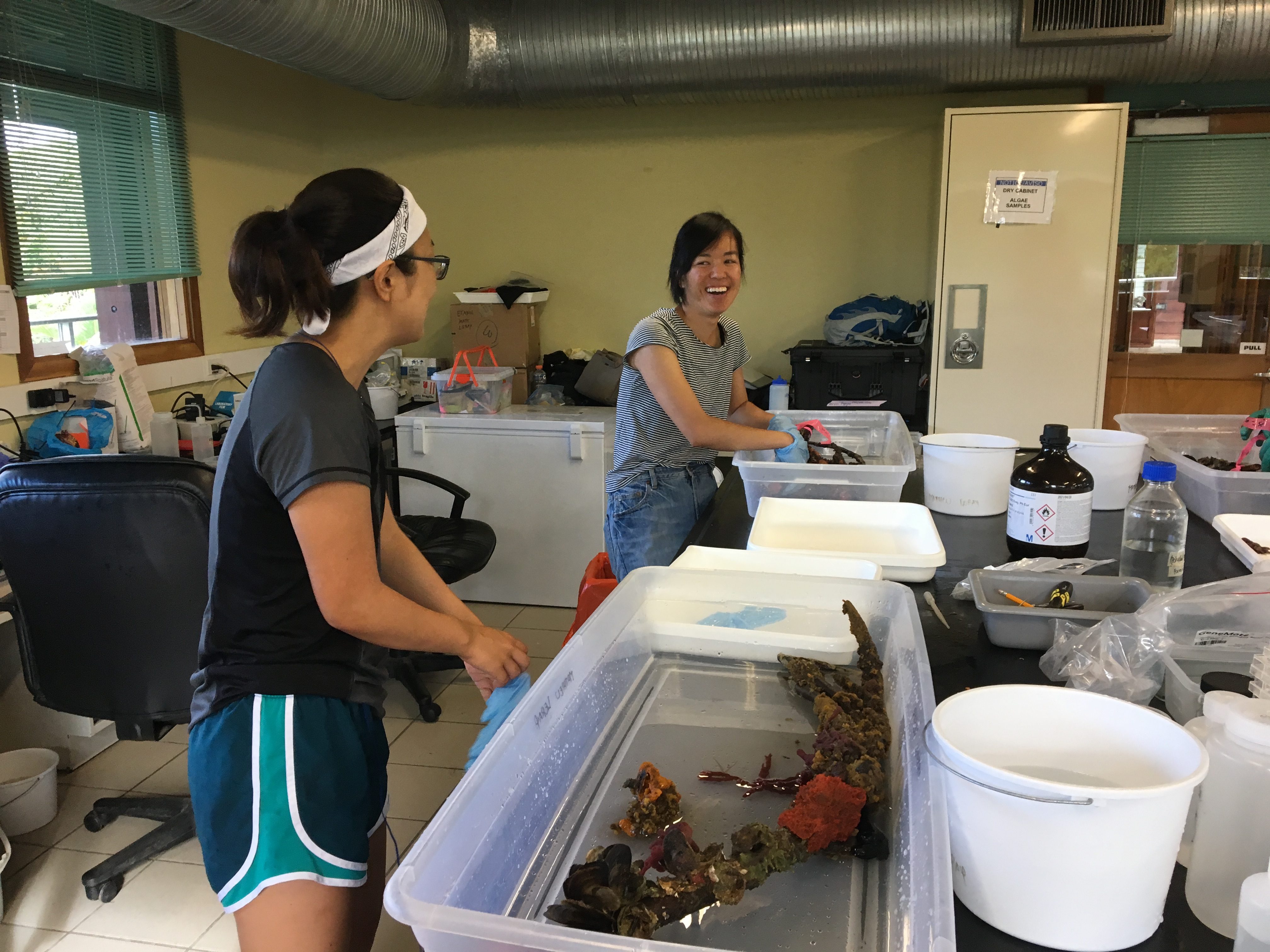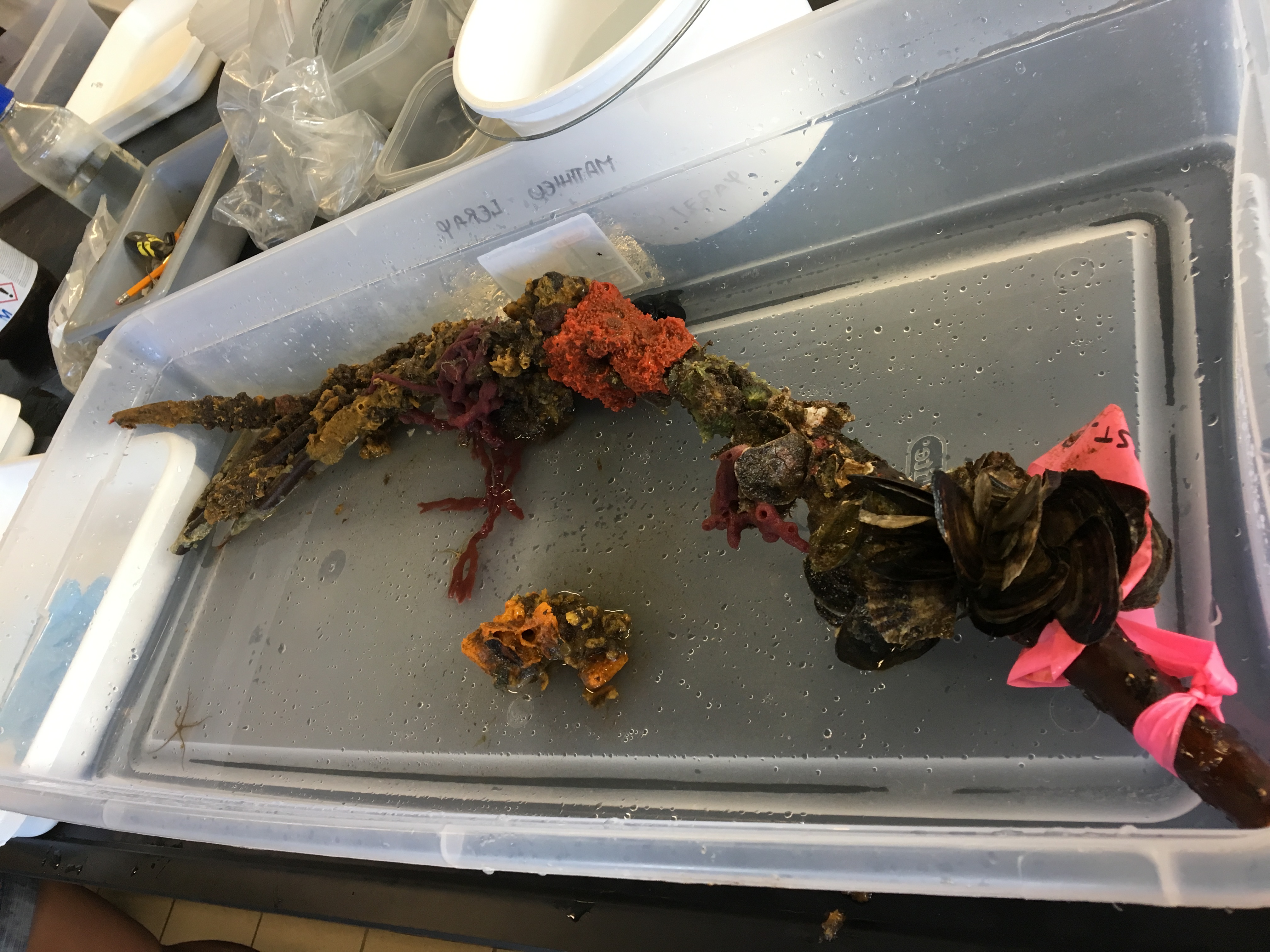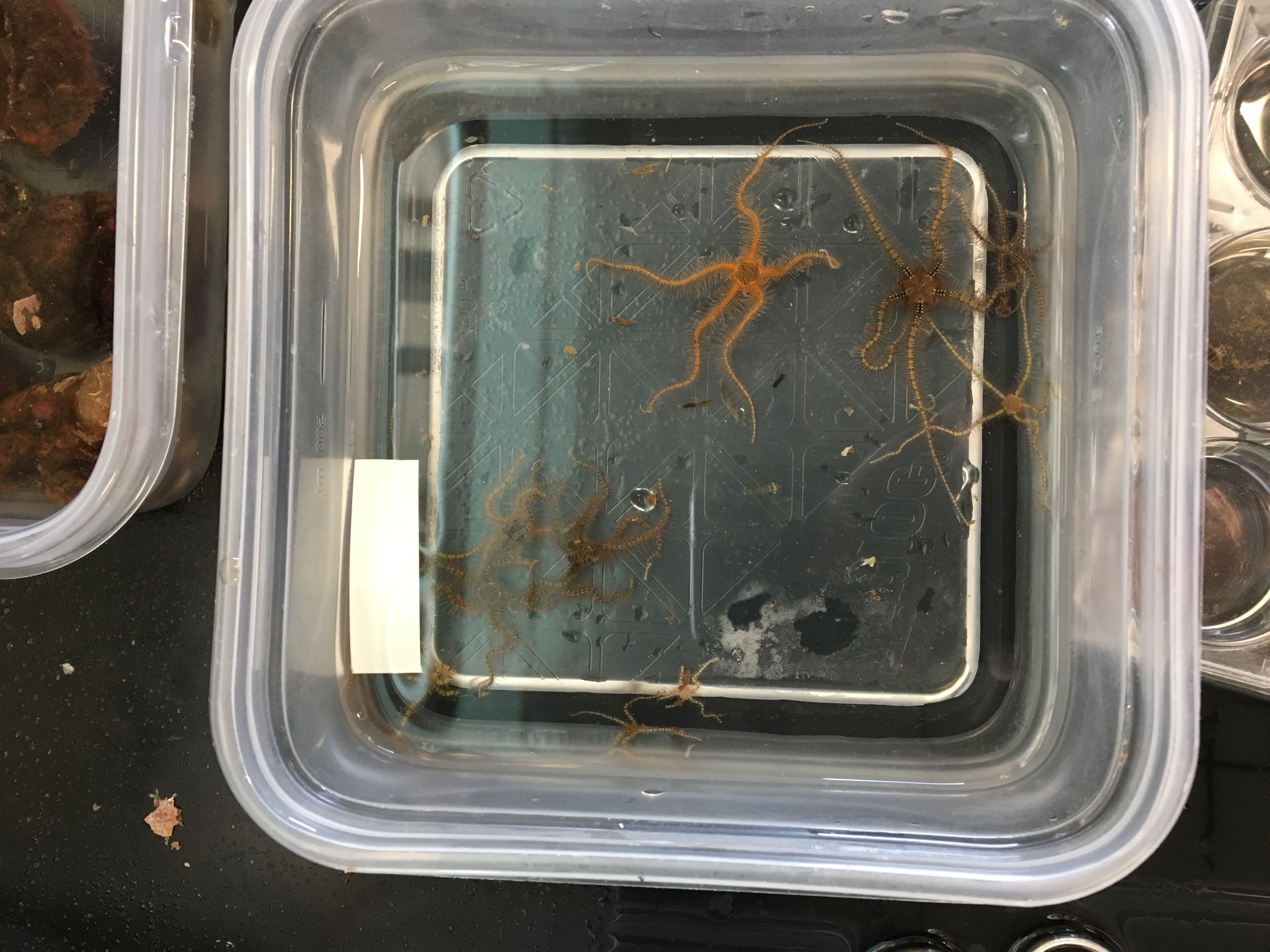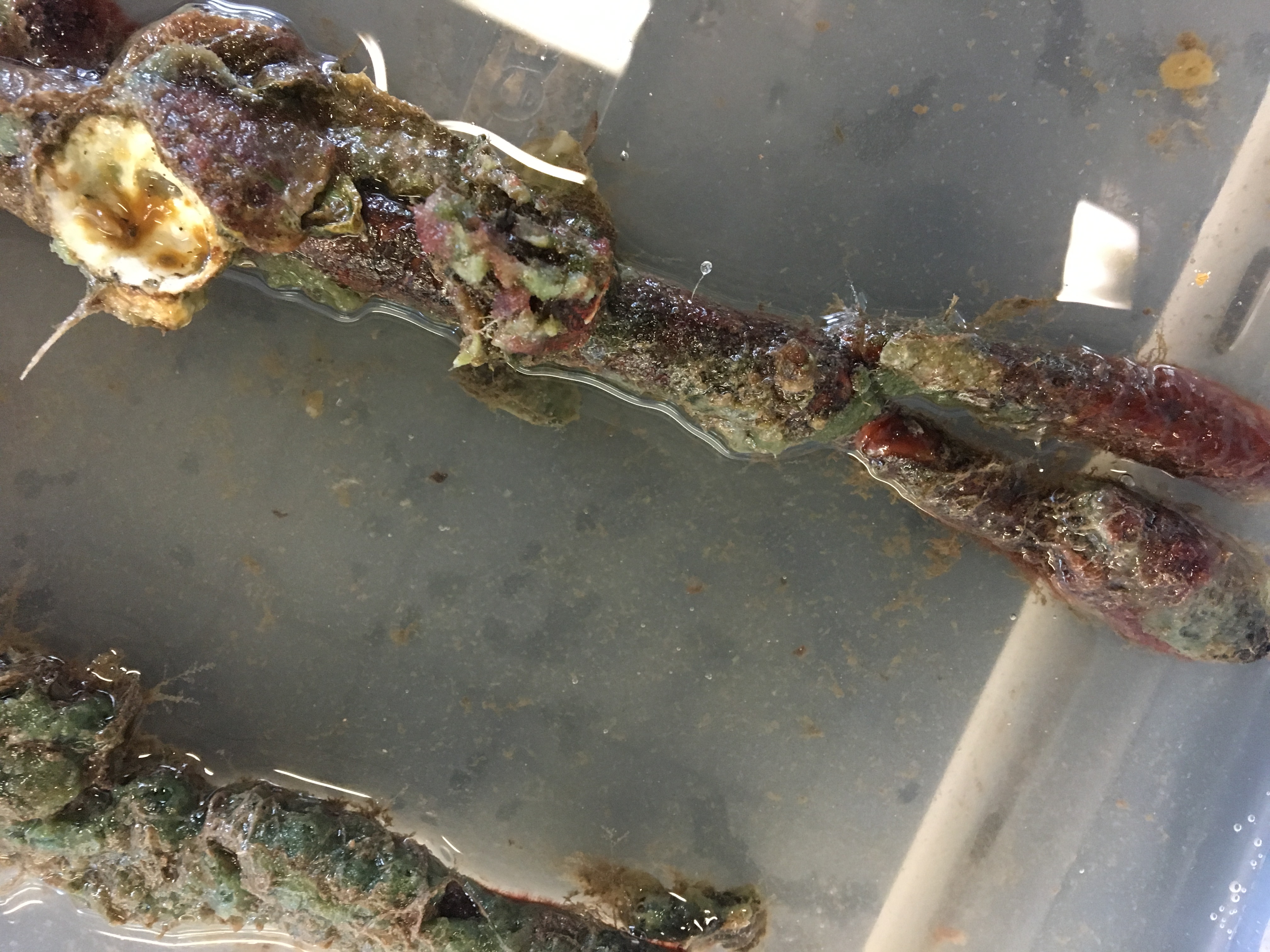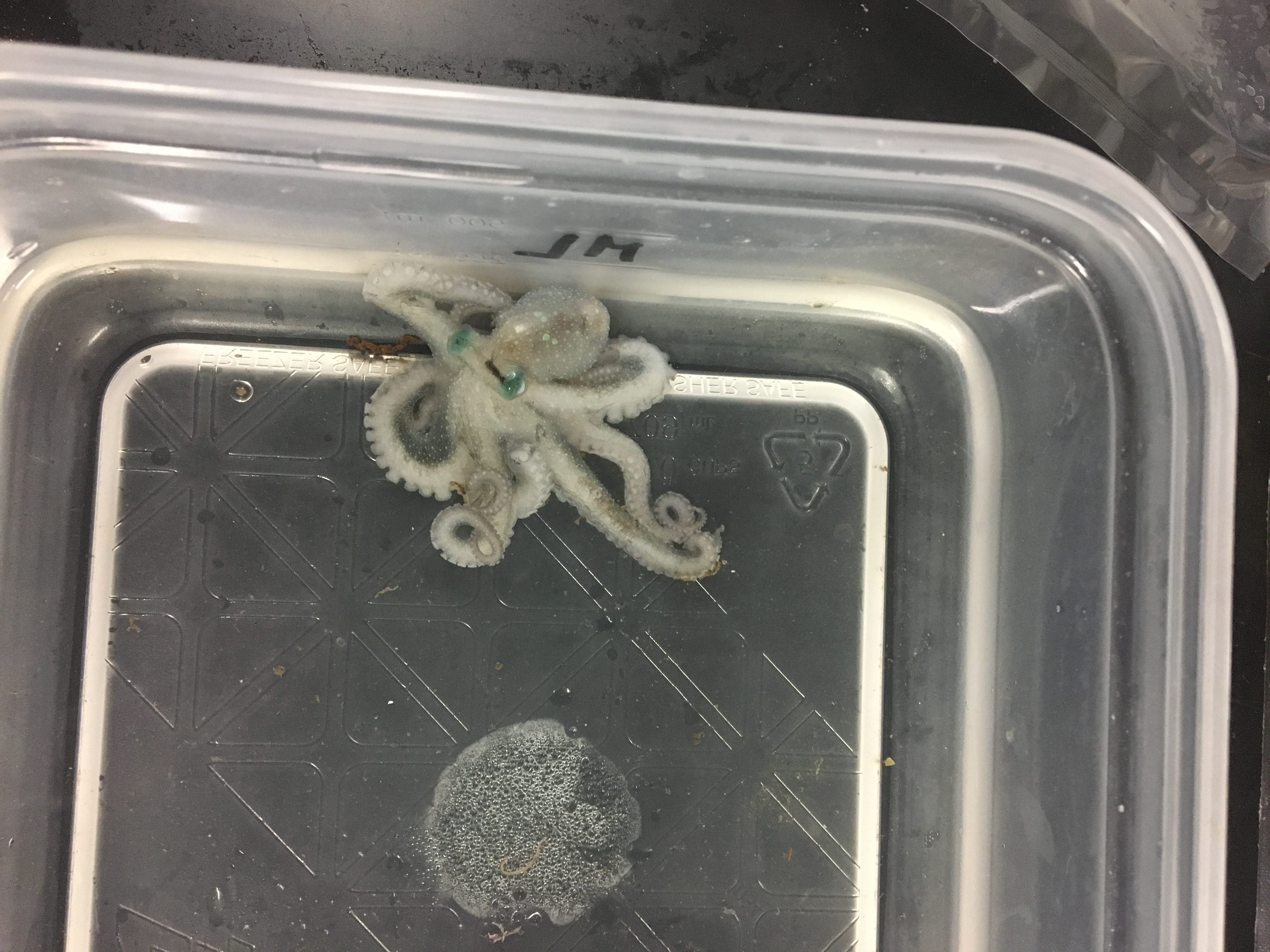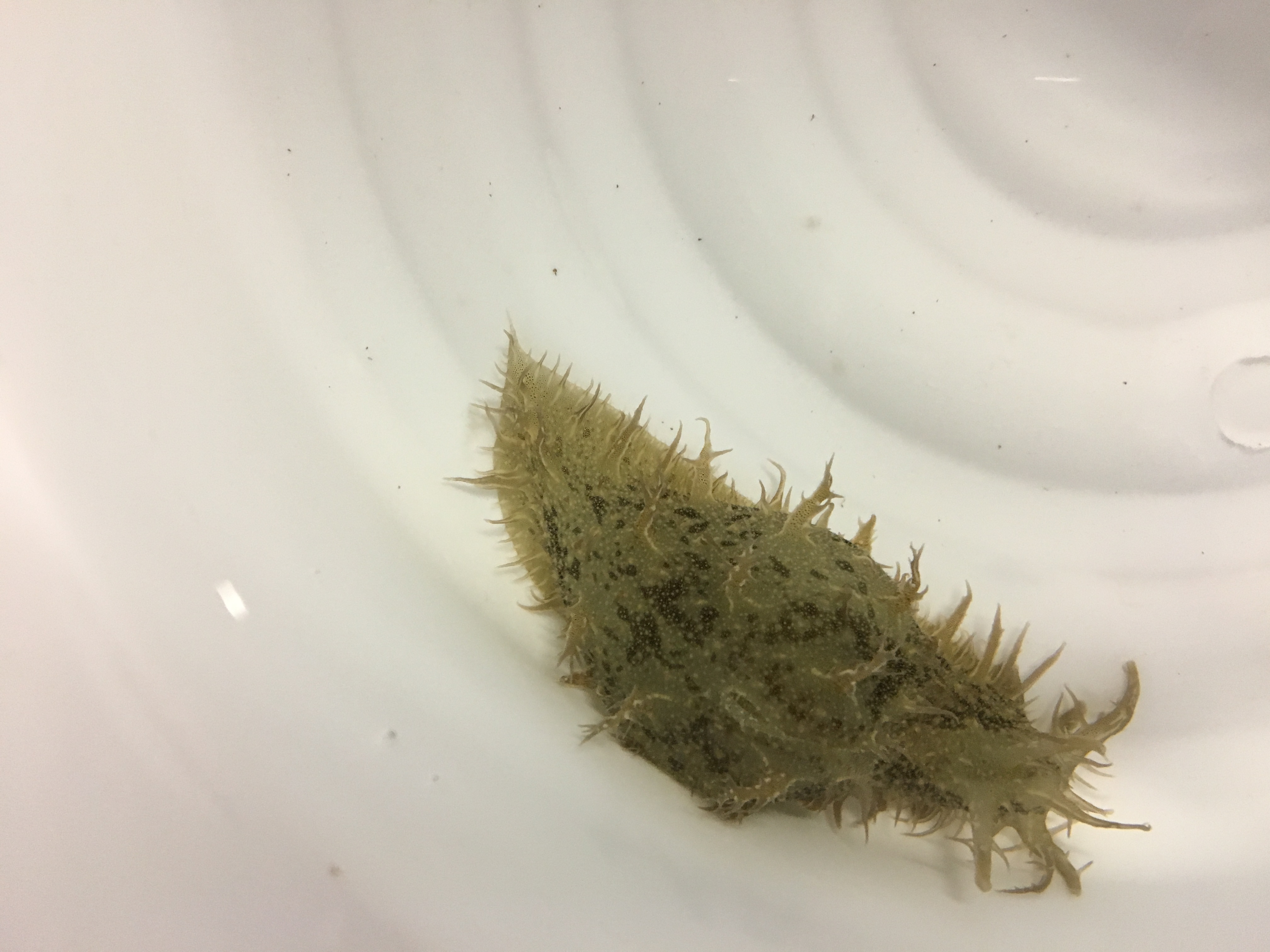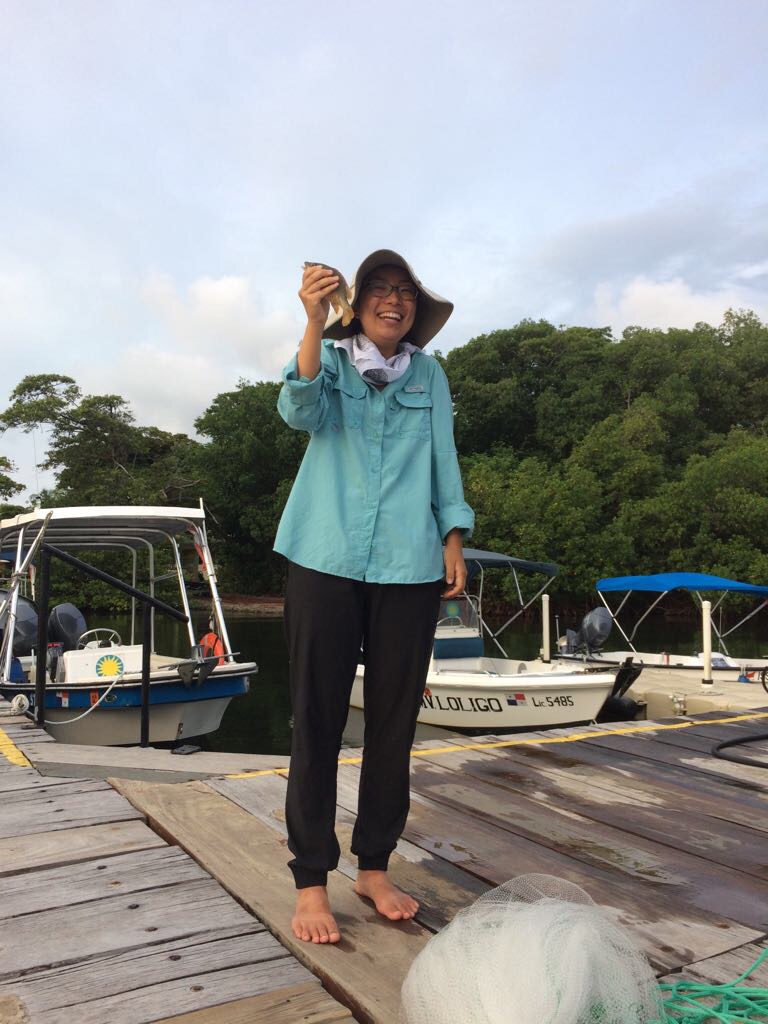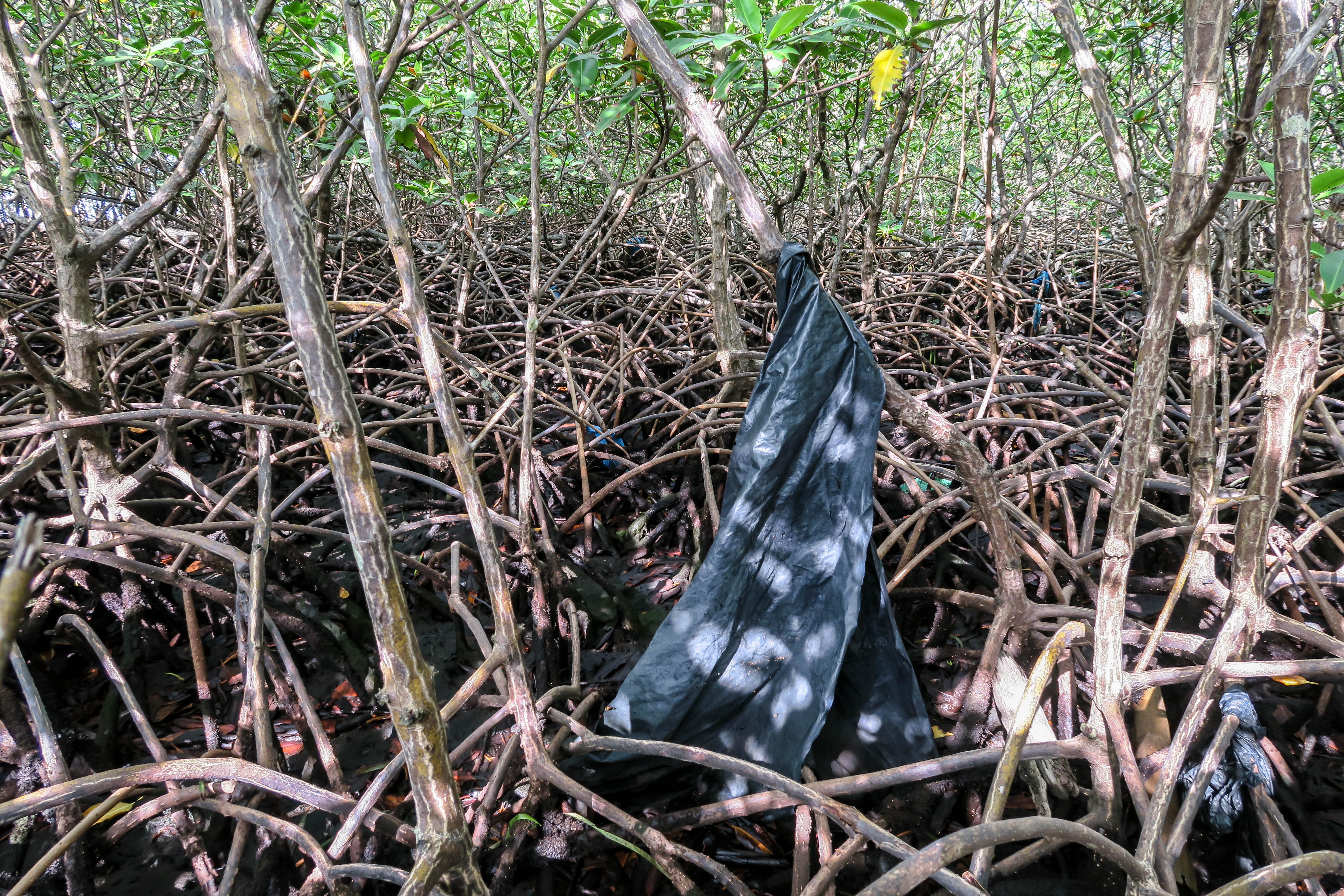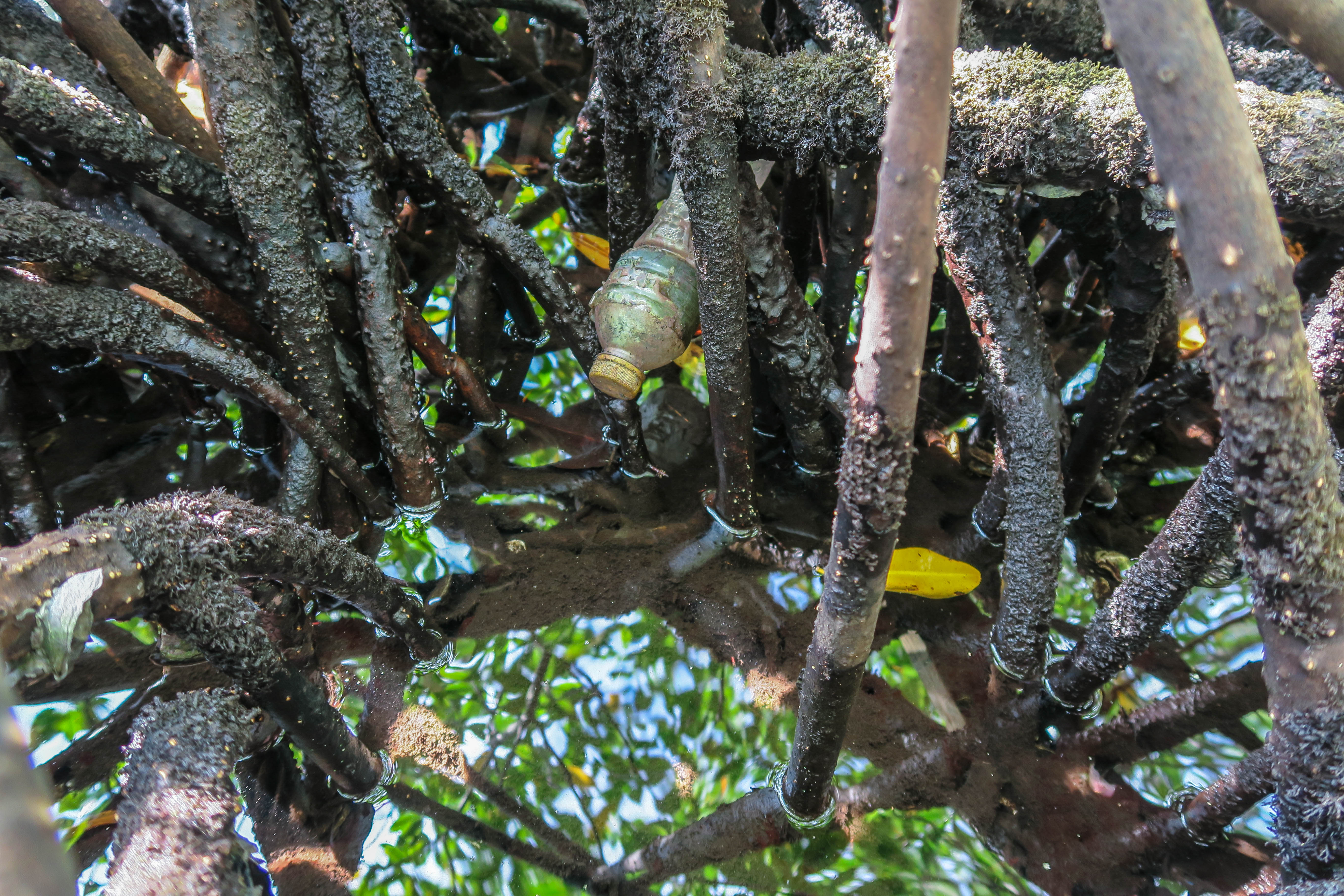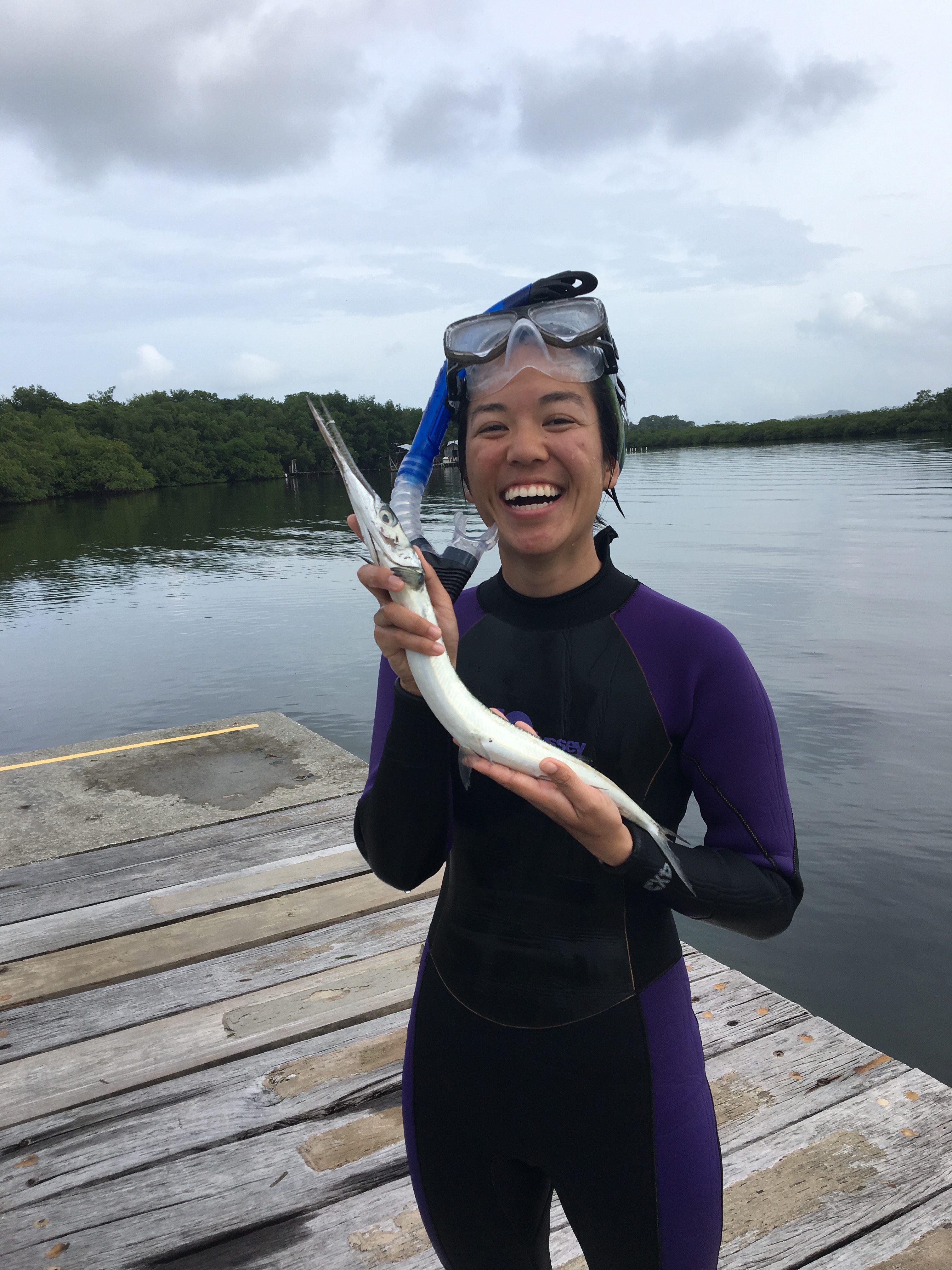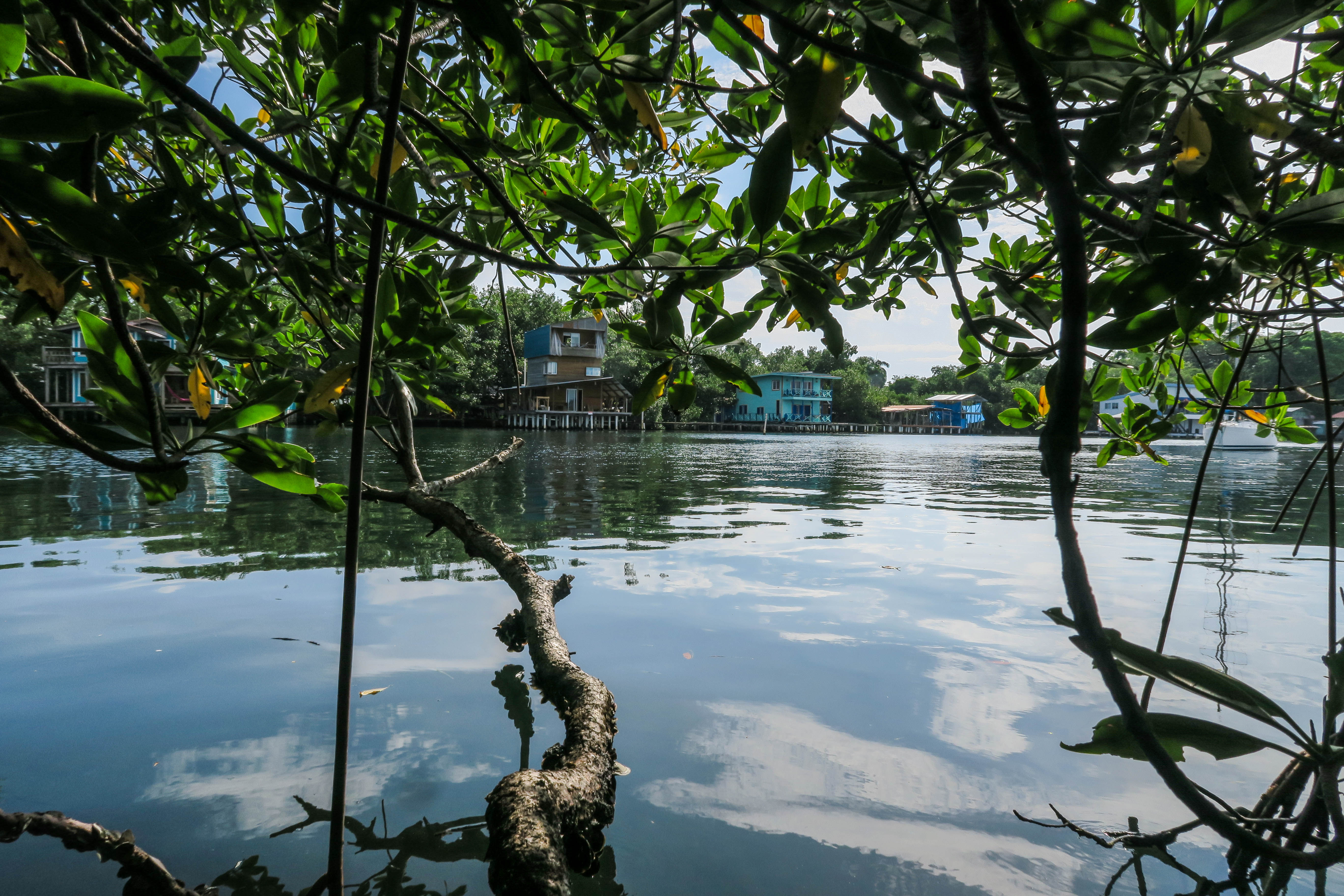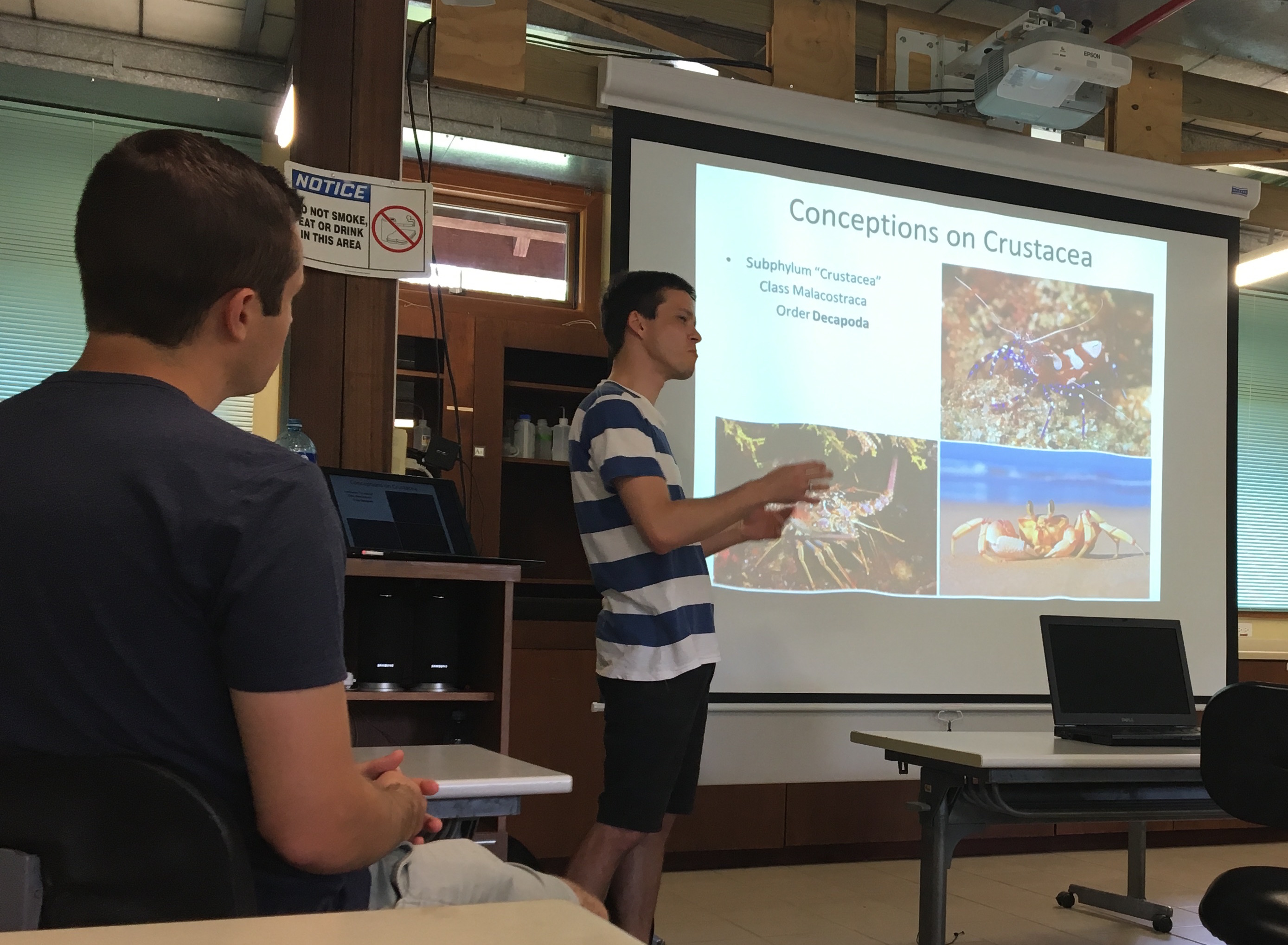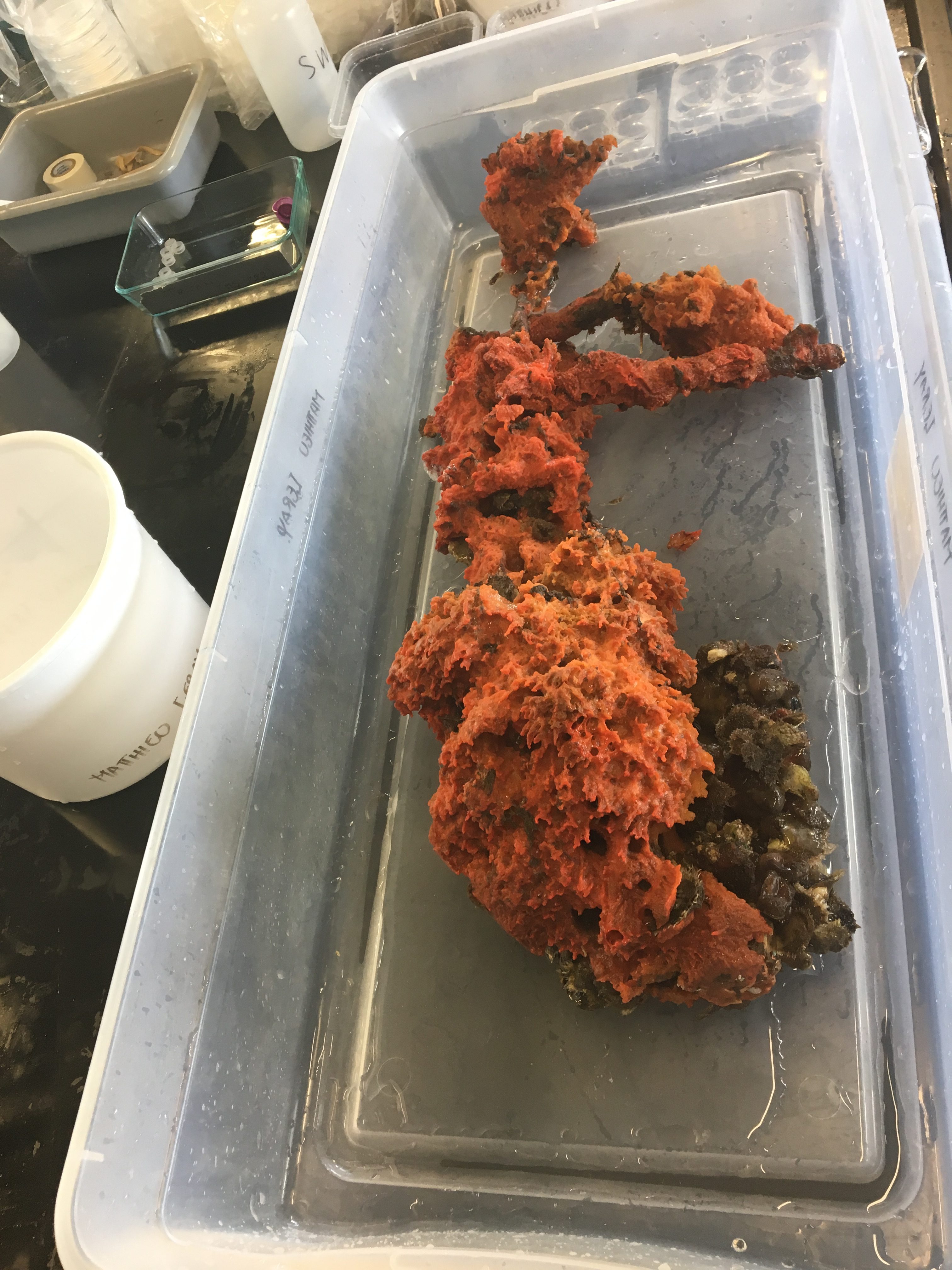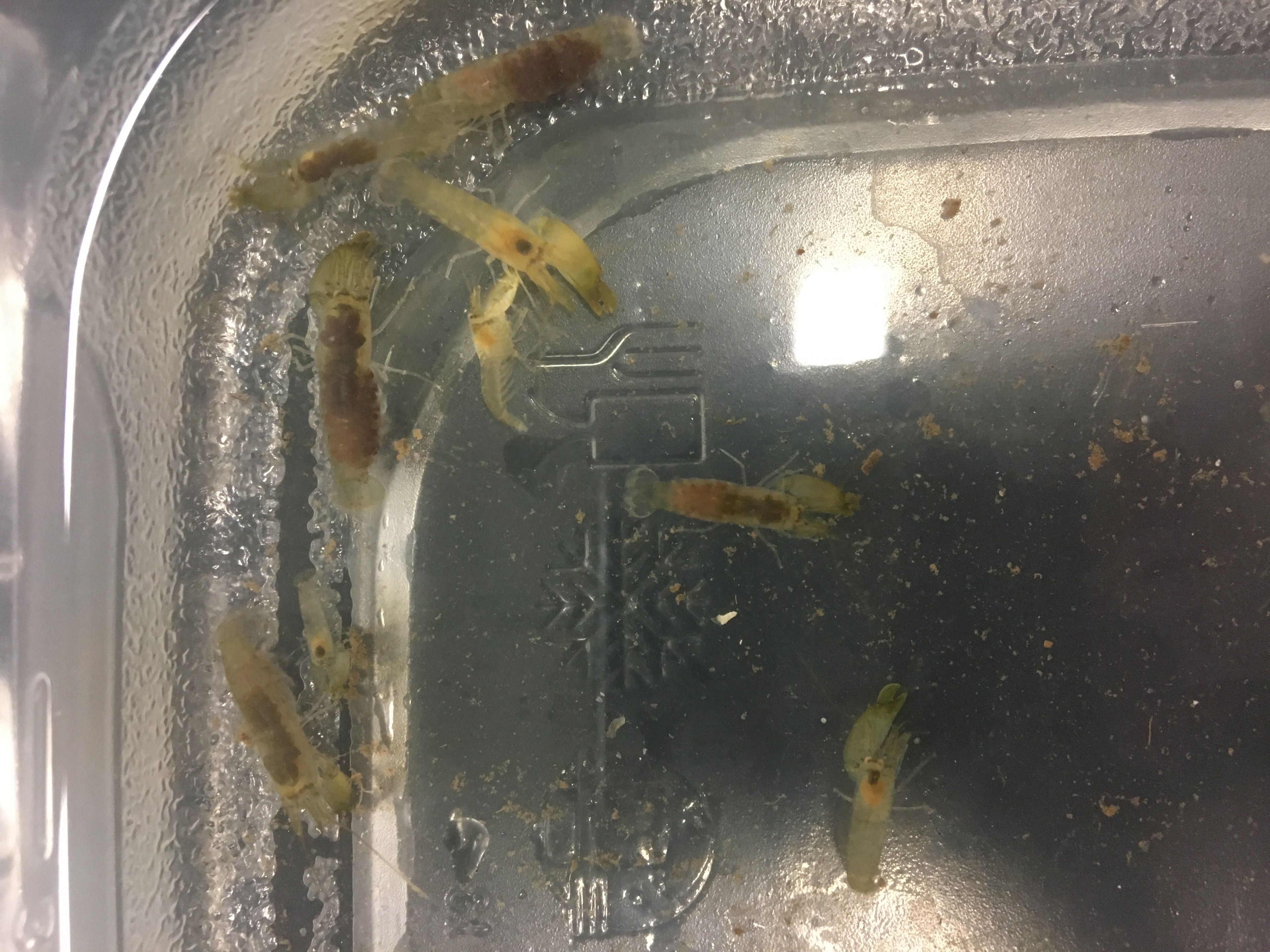I have been devastatingly poor at updating this blog about my time in Panama City. This is my first full-length post about my time in the molecular lab, largely because most days have consisted of pretty much what you think of when you envision a molecular lab. Although, I do work on another island! This one just happens to be connected to the rest of the city via a road.
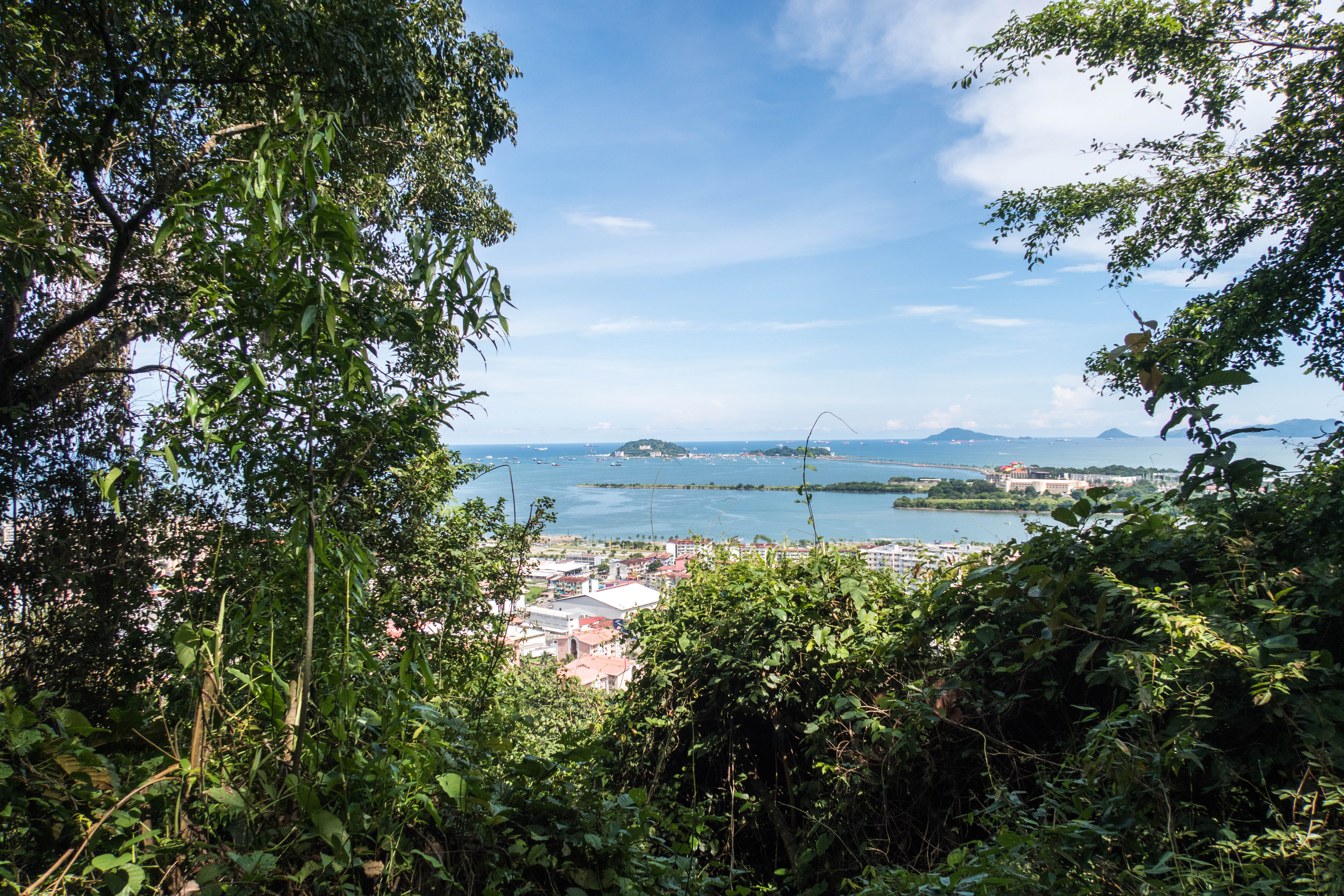
The right island (where the little vine is poking up) is Naos, where I work! This was taken on top of Ancon Hill, near where I live.
I commute every morning between 7-8 am to Naos Island on the Amador Causeway from Cerro Ancon, the neighborhood that I live in. The Naos Molecular Lab used to be owned by the U.S. military and was used to protect the canal. As such, there are still remnants (like an old bomb shelter I think) next to the aquarium tanks outside.
For the past couple of weeks, I have been taking my water filters, cutting them up, and extracting them for DNA. Ironically, the less control I have over sterilization and contamination between samples, the less stressed out I am about it. In the field while filtering water on a boat, there was no way I could’ve maintained a perfectly sterile environment, so there was no point in stressing out unnecessarily about it. However in the molecular lab, contamination is something that can be corrected for with intense meticulousness. Because of this, I can feel myself going crazy over whether or not a surface is sterile, because it looks the same dirty or DNA-free. This is because my samples wouldn’t just be contaminated with other Caribbean marine organisms (like they would in the field) – other people in the lab are working on samples from terrestrial and marine ecosystems that are definitely not anywhere near Bocas del Toro, which could throw off my data completely.
So basically, I have been high-risk pipetting away, taking the biodiversity I sampled for and consolidating them into tiny tubes. On Monday, I finally finished extracting all (140+!) of my samples, and this is all I had to show for it – two tiny boxes of even tinier tubes. Now, I’m beginning the process of preparing my samples for sequencing, which involves even tinier tubes and an even smaller margin for error.

Ocean –> 1 liter of water –> thin filter –> tube –> tinier tubes –> DNA –> computer code….my samples just keep on getting smaller and smaller!
On the weekends (which I finally have consistently off!!), I’ve enjoyed hiking around some picturesque rainforests and walking around other really neat places in the city. It’s truly incredible to be surrounded by so much lush green in such a modern city. Animals that I wouldn’t even think of seeing at the Houston Zoo call home places that are as close as outside my window!

The Panama Canal is right in my backyard! Try and spot all of the modern forms of transportation in this photo!
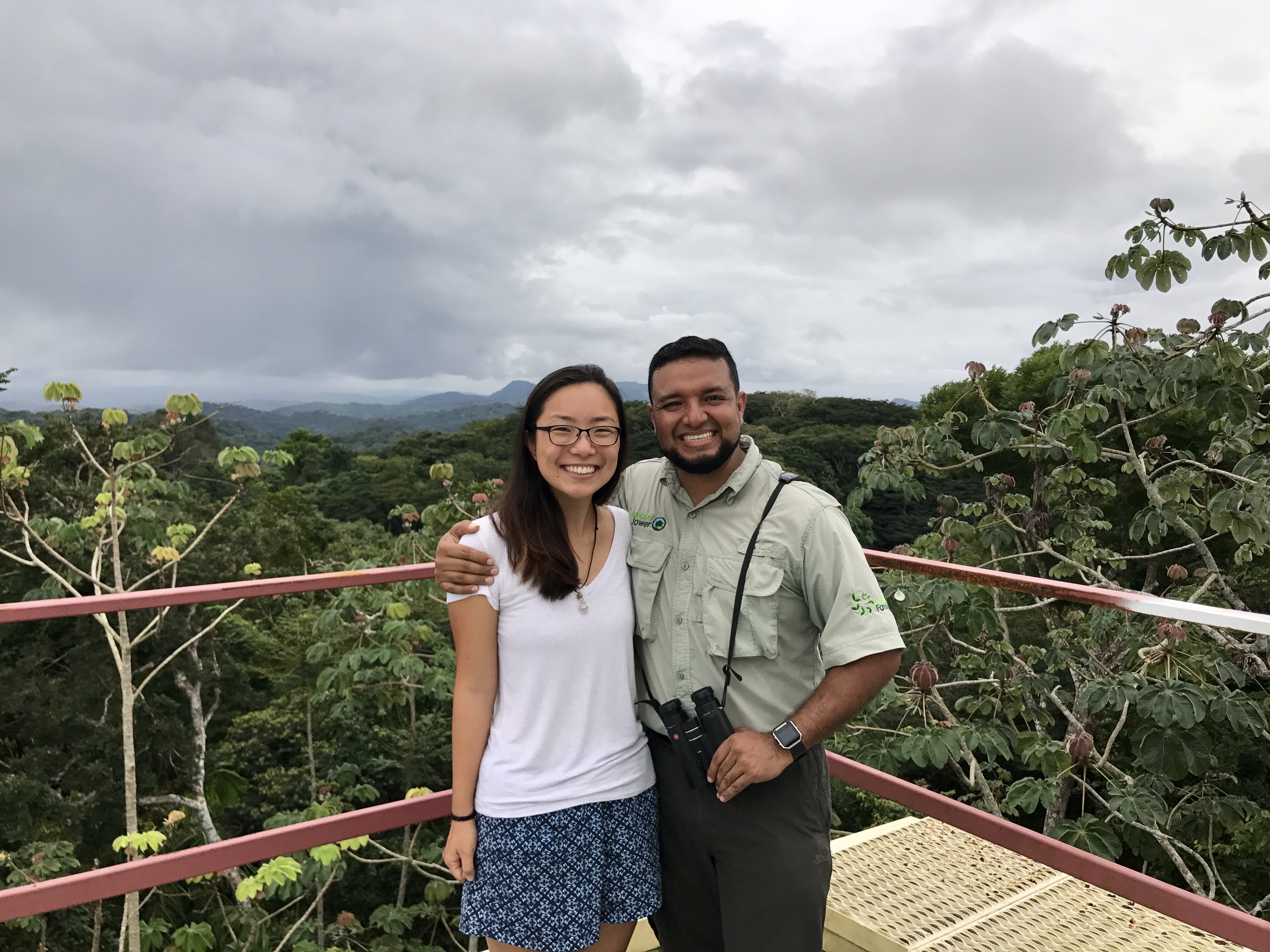
Got to visit my friend Carlos at Canopy Tower where he works as an awesome guide and bird-whisperer!
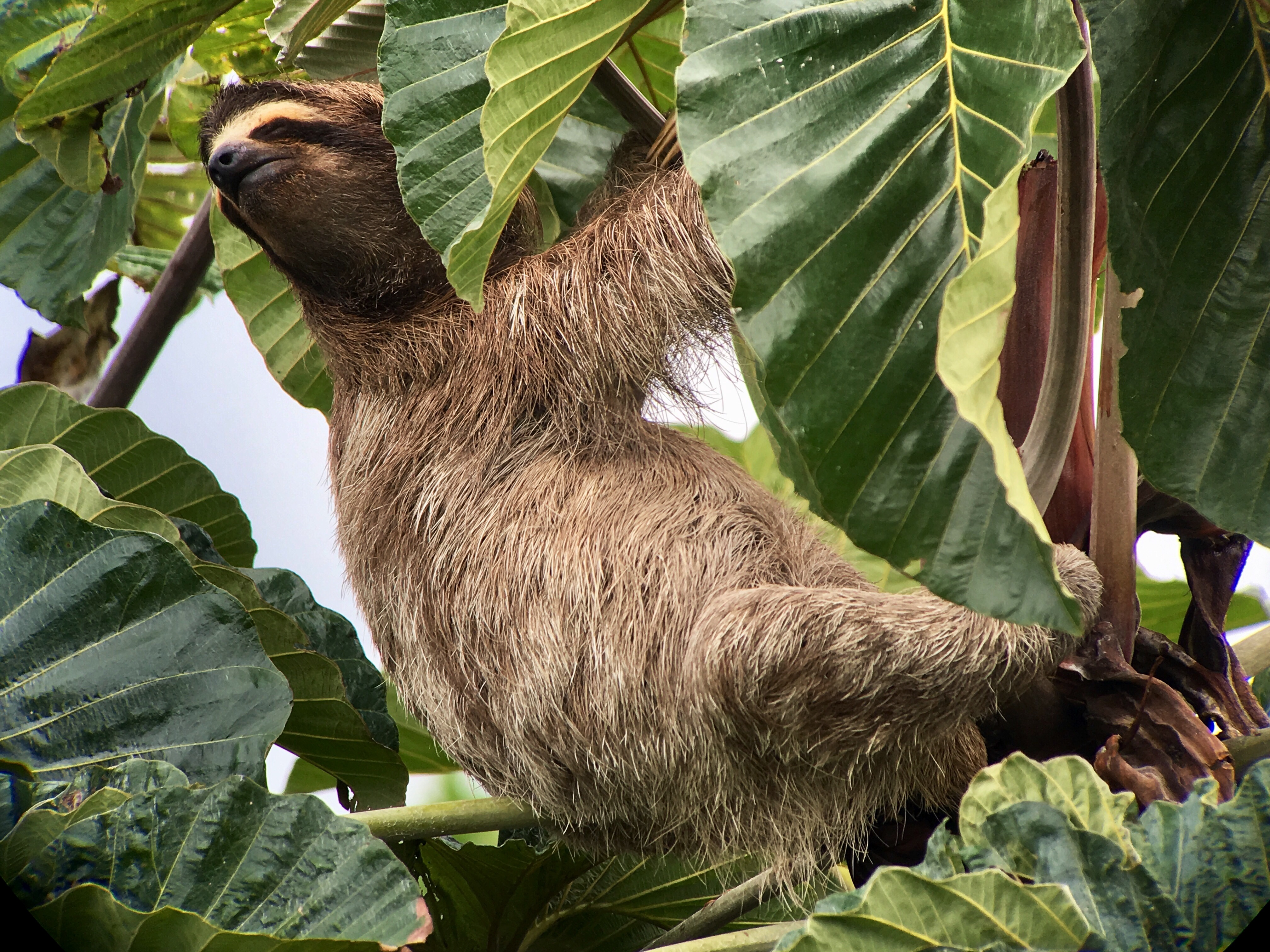
From the top of Canopy Tower, Carlos set up a spotting scope to see this adorable three-toed sloth out and about.
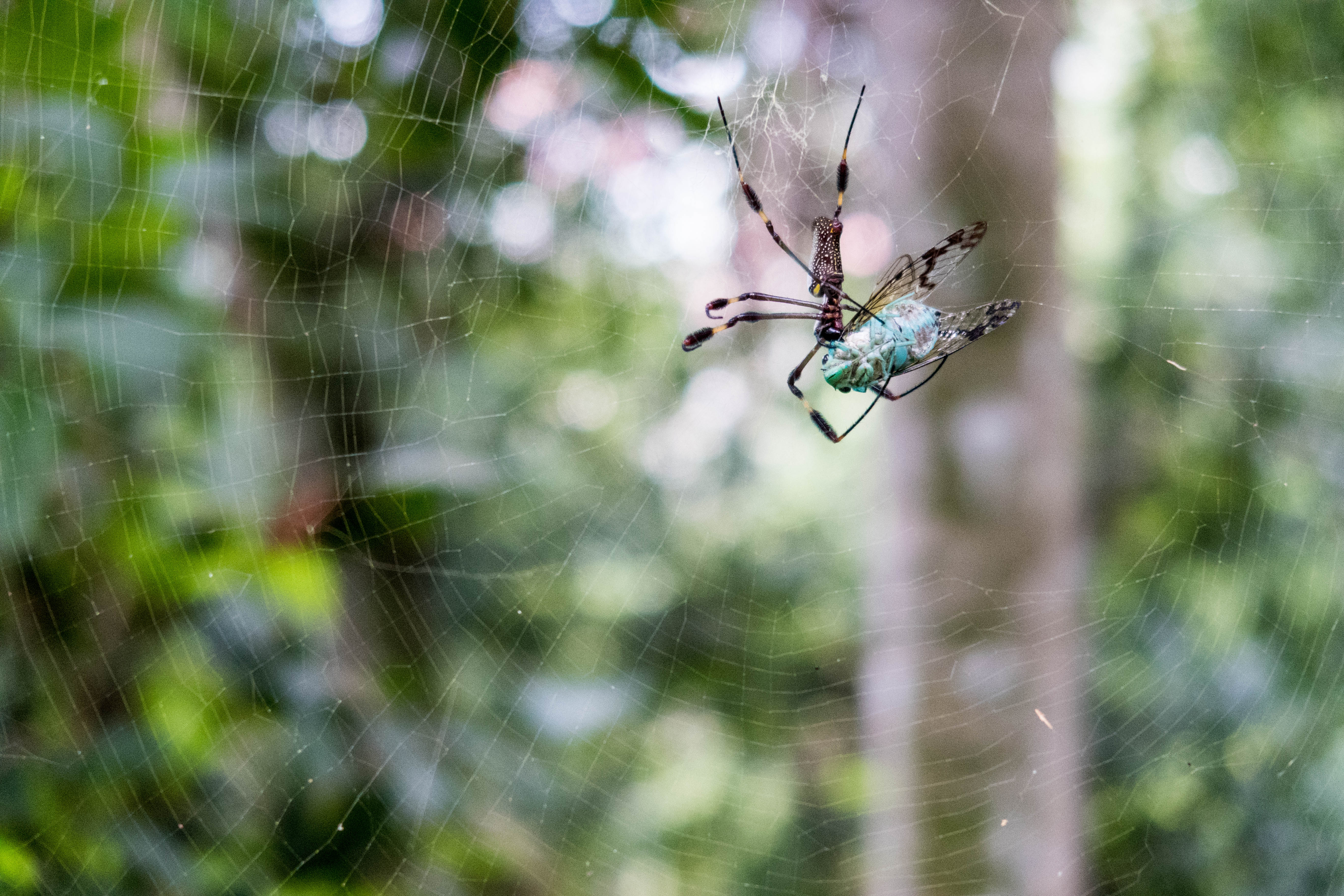
Check out this poisonous golden orb spider feasting on a cicada! The females make intricate golden webs that can sometimes trap small birds and bats! Insane!
Even though I spent some time previously doing touristy things here almost exactly a year ago during my time studying abroad (anniversary is coming up soon!), there is always more to see. I visited Panama Viejo, the ruins of what once was Panama City in the 16th century. It’s incredible to think that a settlement of 5,000 people grew to be what the city is today – now skyscrapers tower over in the background of this World Heritage Site.

Panama Viejo was founded in 1519 and existed for 152 years before it was destroyed by pirates in 1671.
Some other favorite moments of mine have been buying fresh fruits and veggies at the open air market (Mercado de Abastos) across the highway from me and visiting my friend Coll in Gamboa, where the Smithsonian Tropical Research Institute conducts a lot of rainforest studies. We biked around most of the town down to Pipeline Road, which is world-famous for birding. Unfortunately, I didn’t see many birds since I am a poor biker and focused mainly on trying to not fall face first into the muddy, uneven road. Regardless of my skills, it was still a super fun day!
It’s been nice to live in the moment, but unfortunately that means slacking on other responsibilities that are fast-approaching (including the beginning of my senior year)! Truly, for the vast majority of my time here, I have been waking up early, working 9-12 hours in lab, cooking, and sleeping.
The countdown has begun though…9 days until I return back to the United States!
